If you’ve been to most botanical gardens around the world, you may be expecting lots of flowers in organized garden plots. That’s not what the Entebbe Botanical Gardens is like. It’s more like a large city park or small nature reserve with lots of trees-which of course attract lots of birds! It’s also one of the most reliable places to see wild African Grey Parrots which was why I planned this visit. Even if you are headed elsewhere in Uganda, it’s well worth a visit.
If you want to see as many birds as possible you need 2 things. A vehicle (because this place is HUGE and you have to chase the birds if they fly off) and a guide. Most hotels can organize a car for a set number of hours. I paid around 100,000 UGS for 2 or 3 hours, I forget what it was. You can pick up a guide at the gate, there will be several waiting and they seem to have their own rostering system. Just make sure the one you get knows birds, maybe test them on a few photos first. We got a guy named Bright who was excellent in both bird spotting and identification. The standard fee is 20,000 UGS and I gave him a bonus of 20,000 UGS for finding the Grey Parrots because he really worked hard to find them.
Cool sculpture along the road.
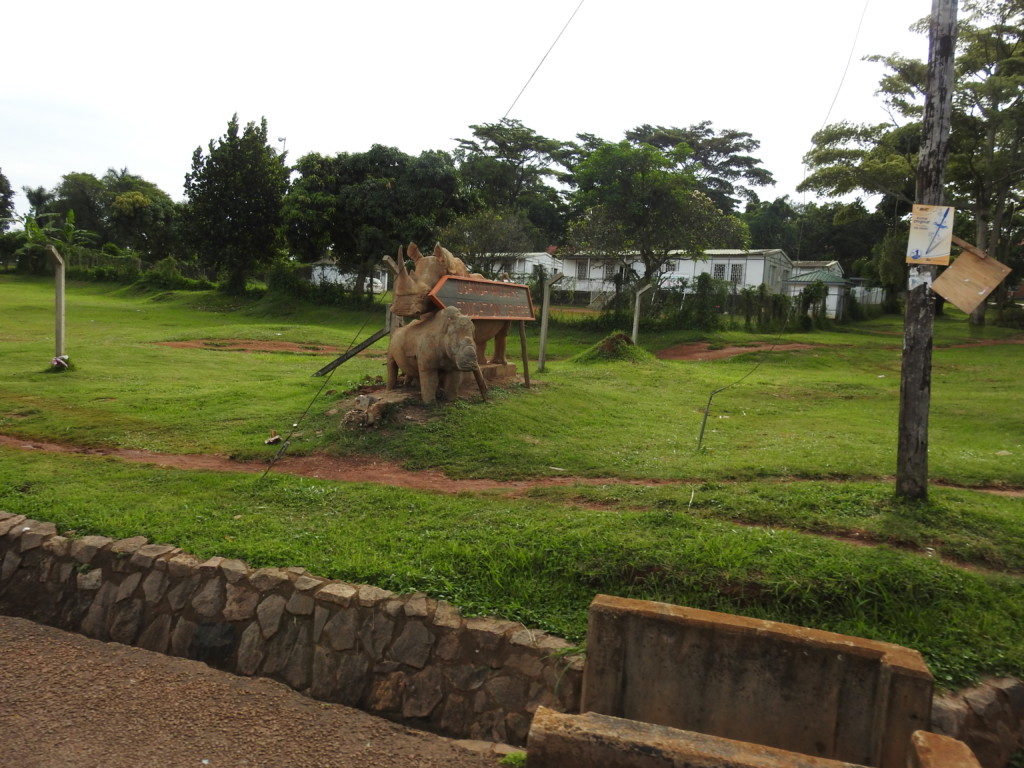
Entrance to the Entebbe Botanical Gardens, this is where you pay the entry and hire a guide.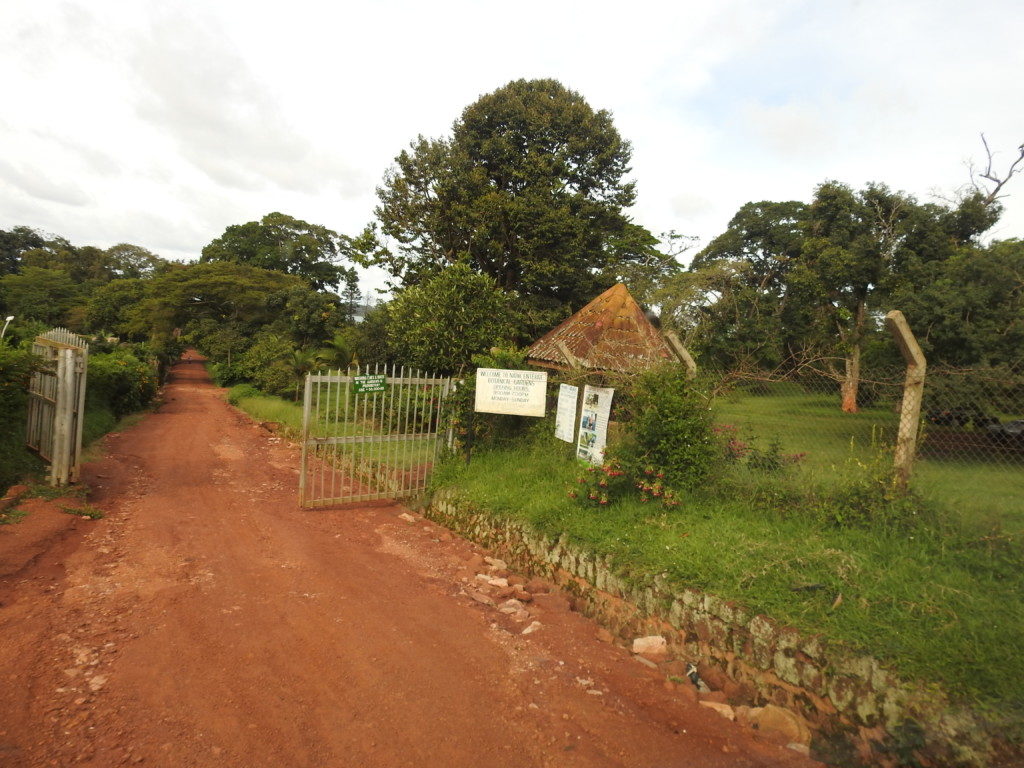
Monkeys were all over the place.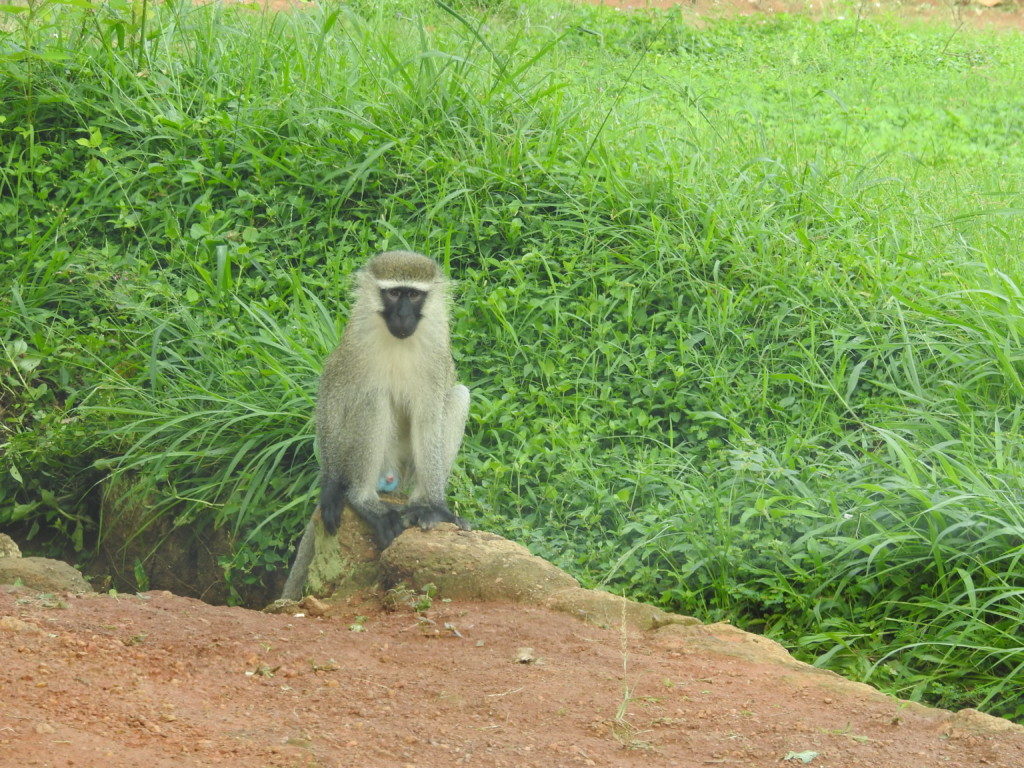
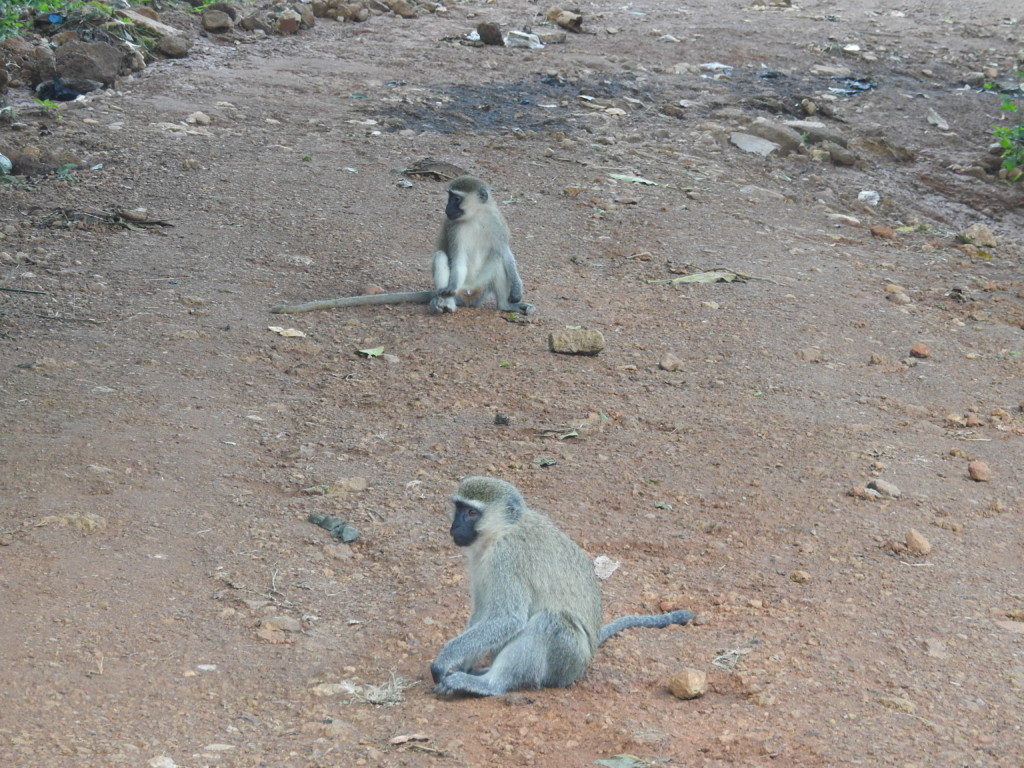
The shores of Lake Victoria is where you see a lot of water birds. We were driving back and forth so the same birds were seen on different passes in this area.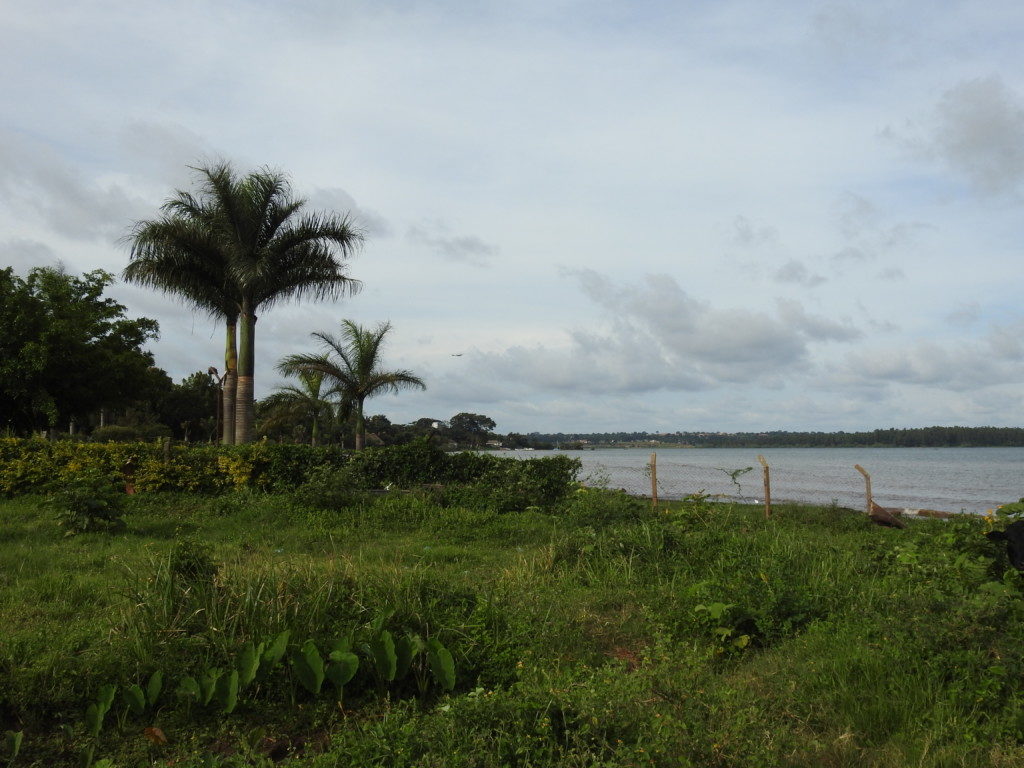
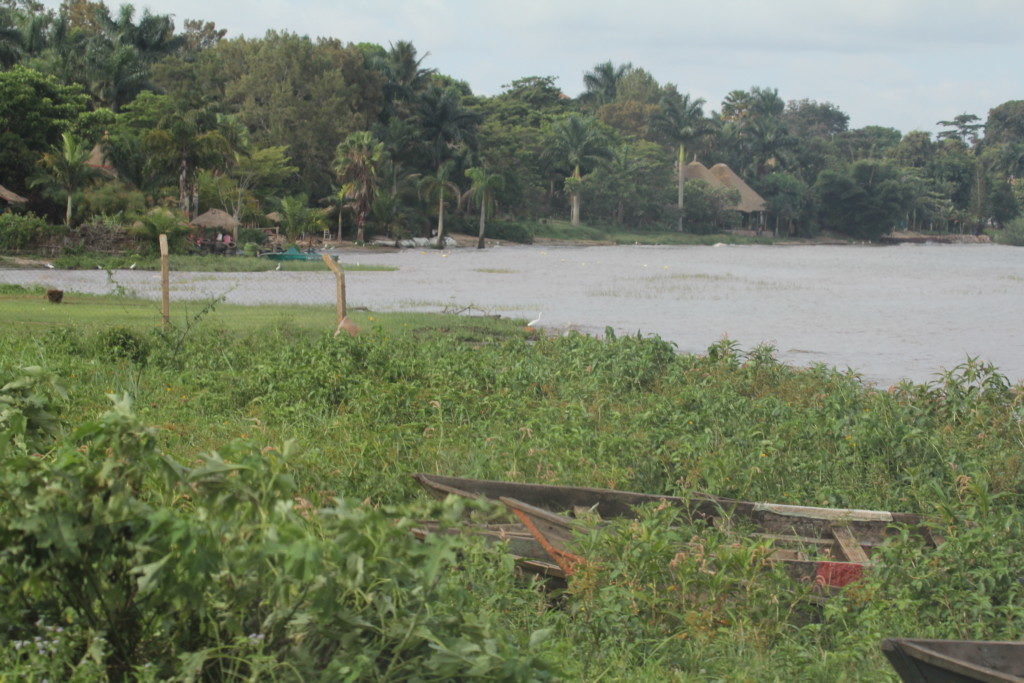
Weaverbird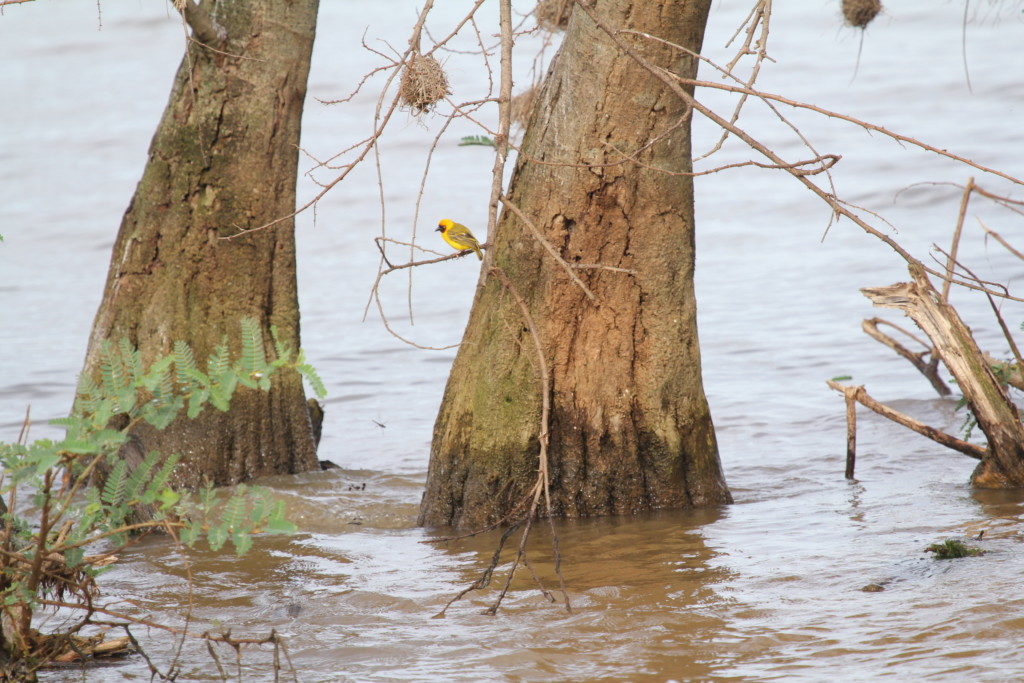
Pied Kingfisher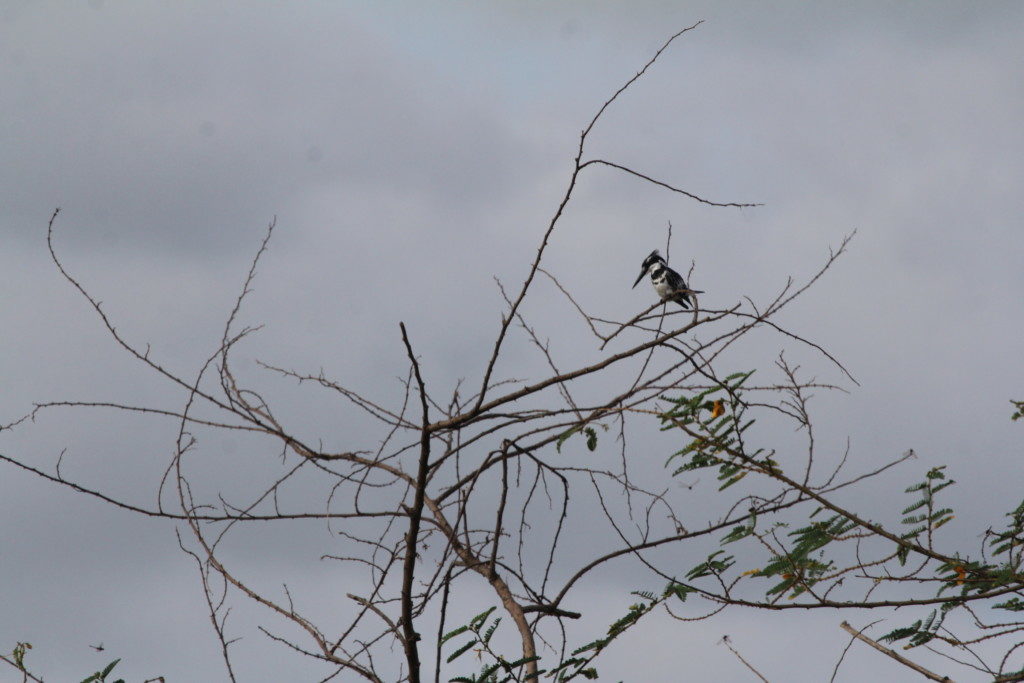
Little Egret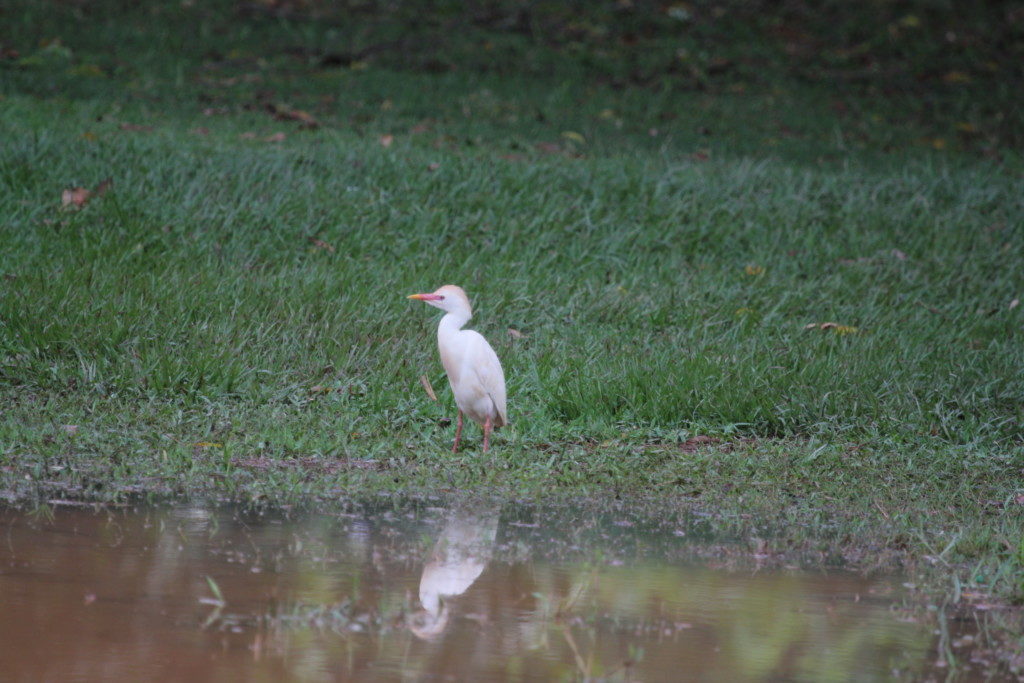
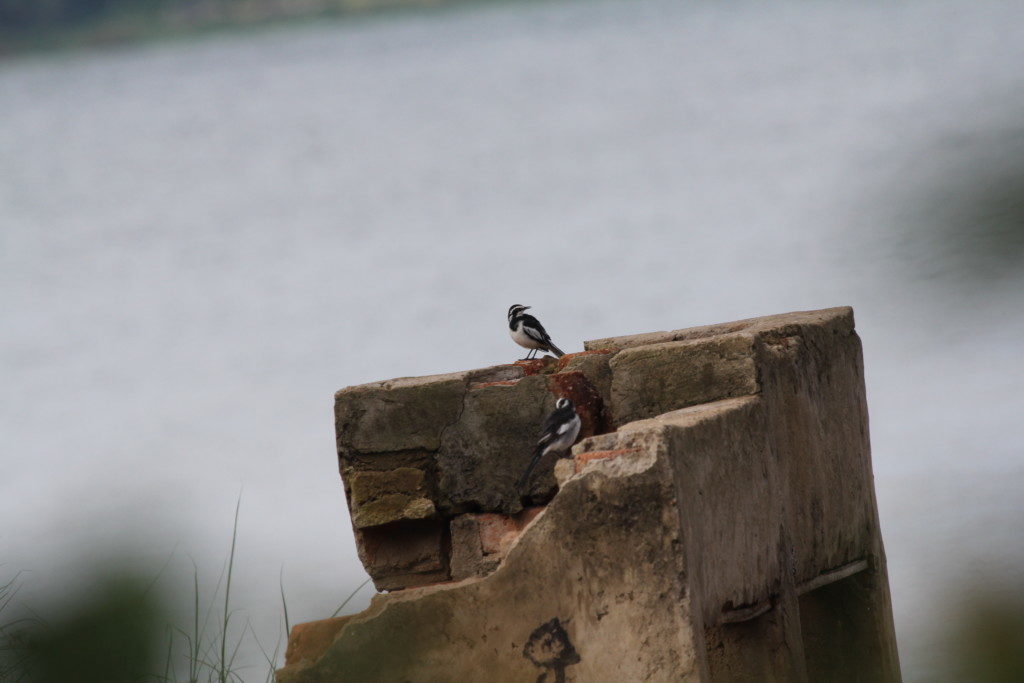
Red-chested Sunbird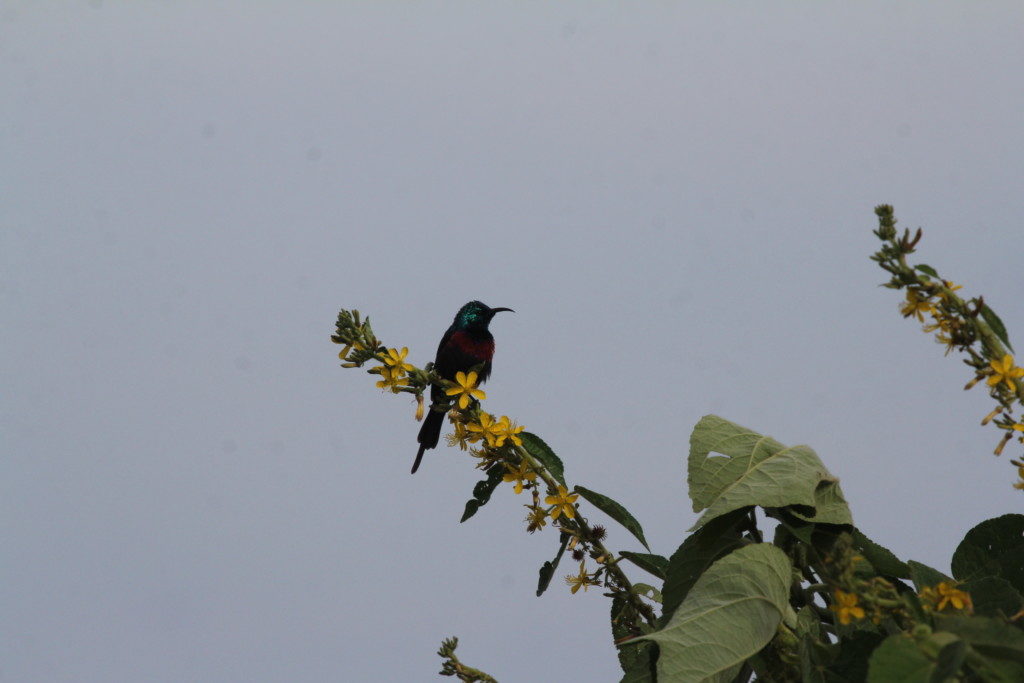
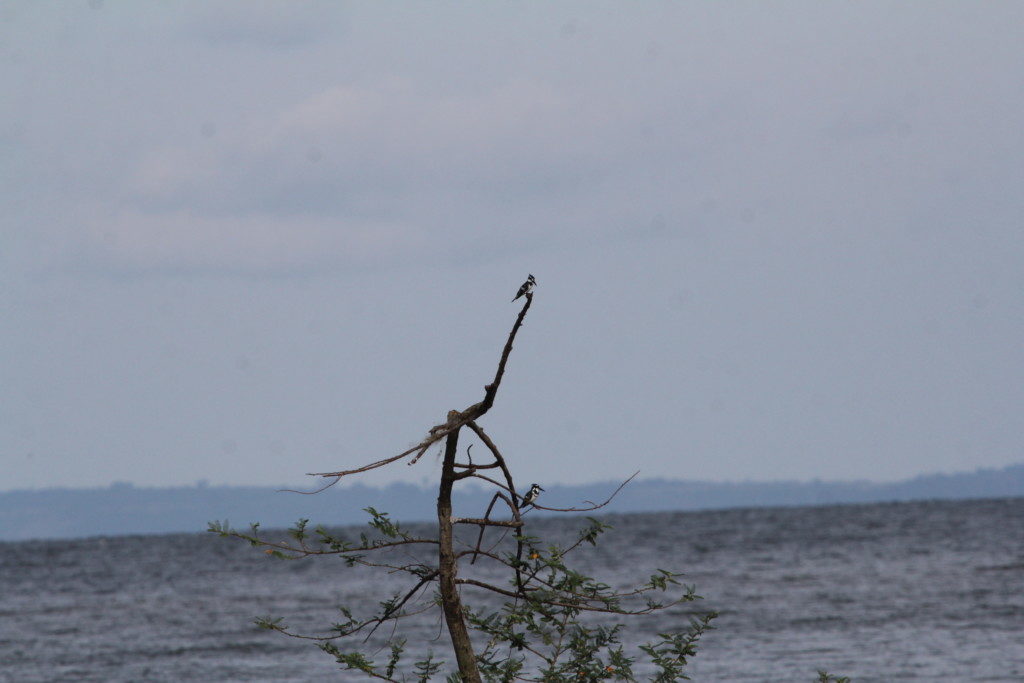
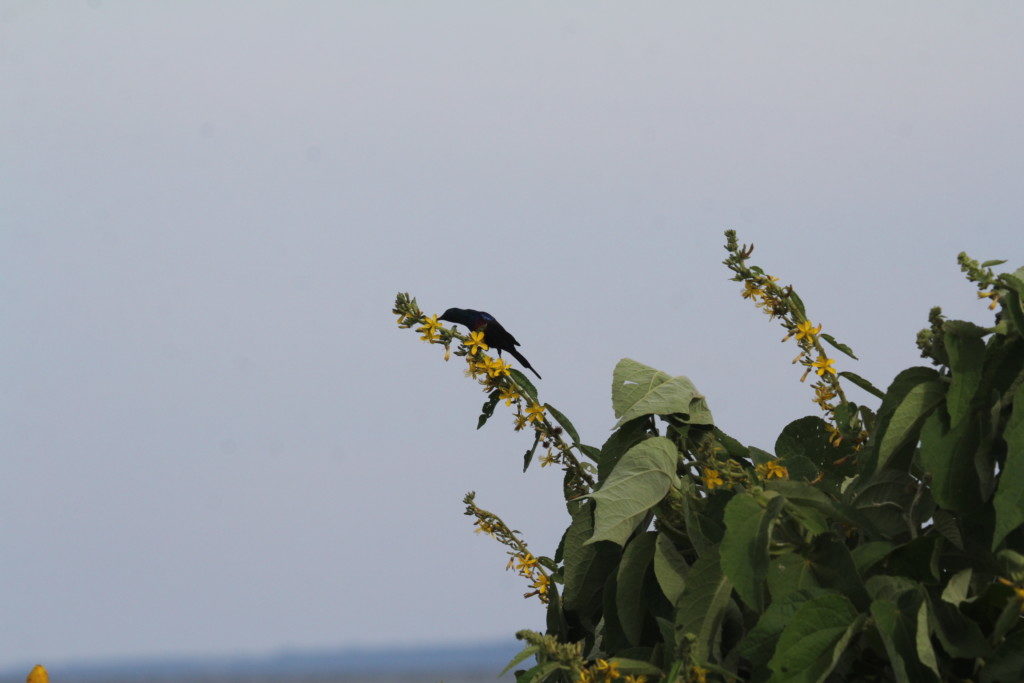
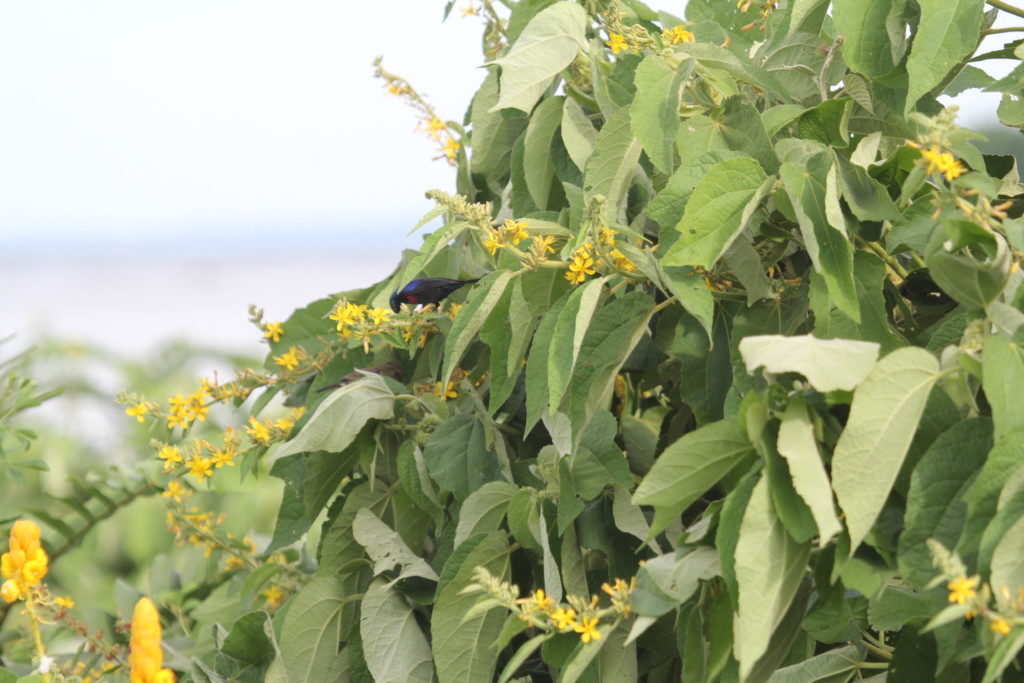
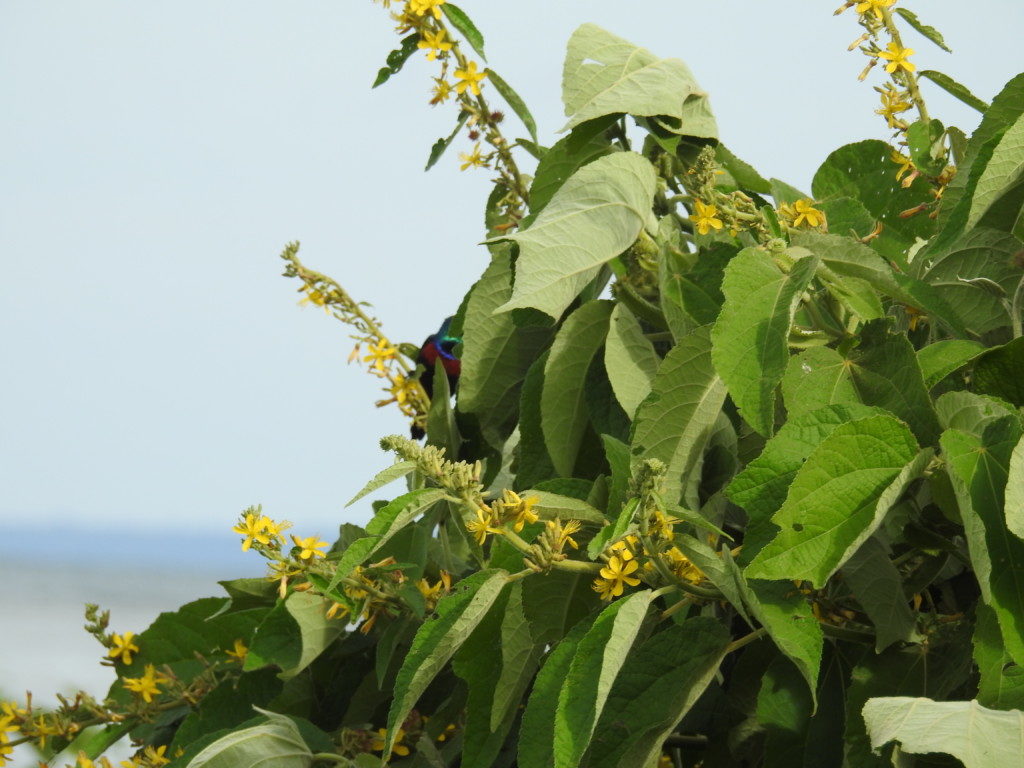
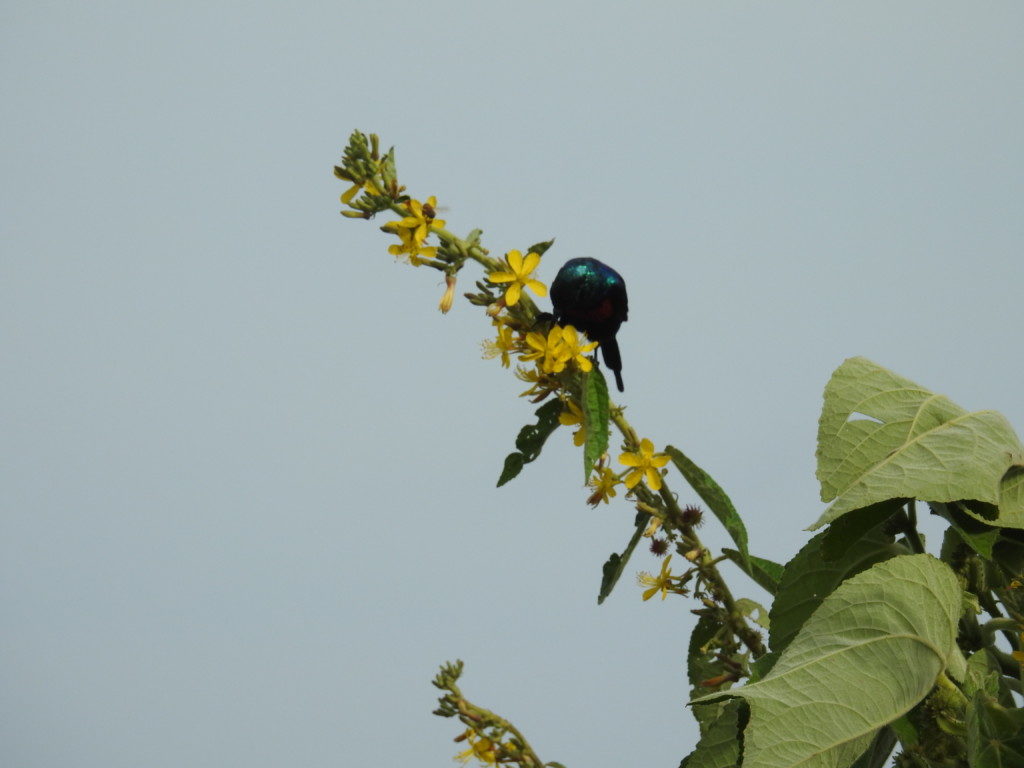
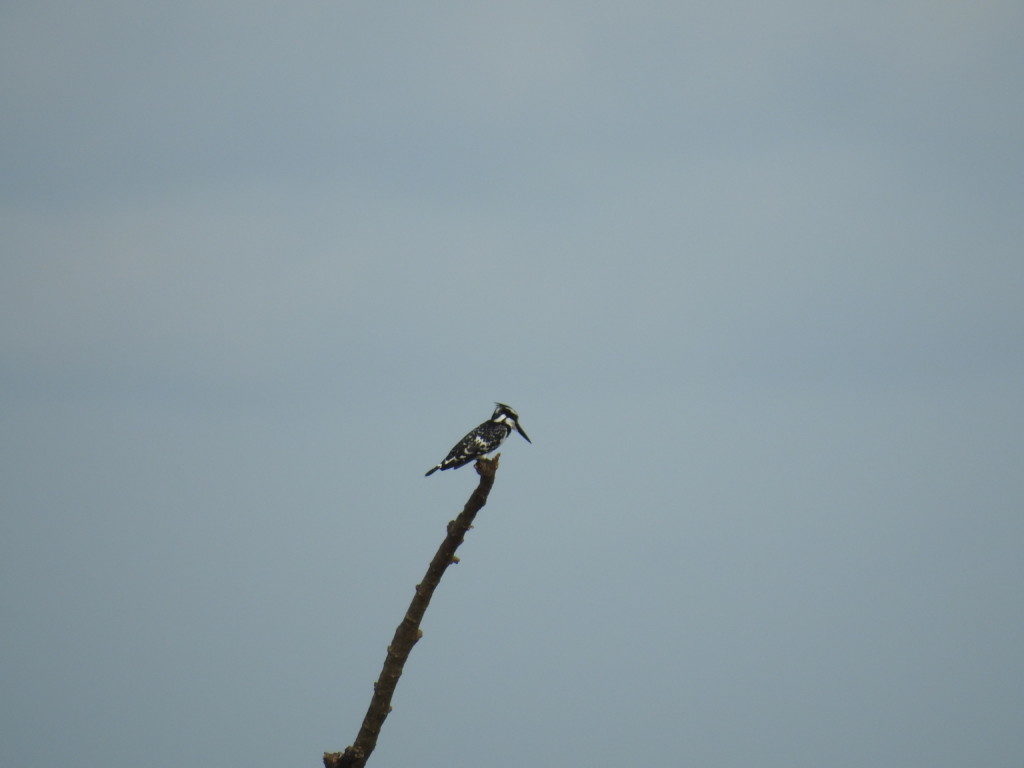
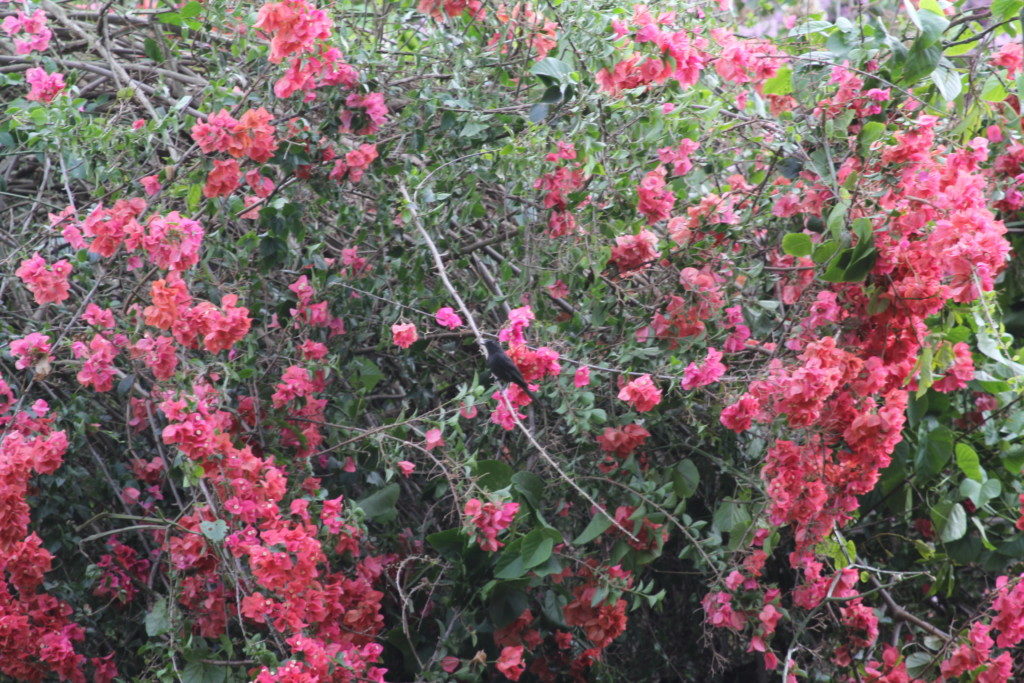 Now we’re in a more wooded area as Bright heard the Ross’s Turaco calling and quickly spotted him.
Now we’re in a more wooded area as Bright heard the Ross’s Turaco calling and quickly spotted him. 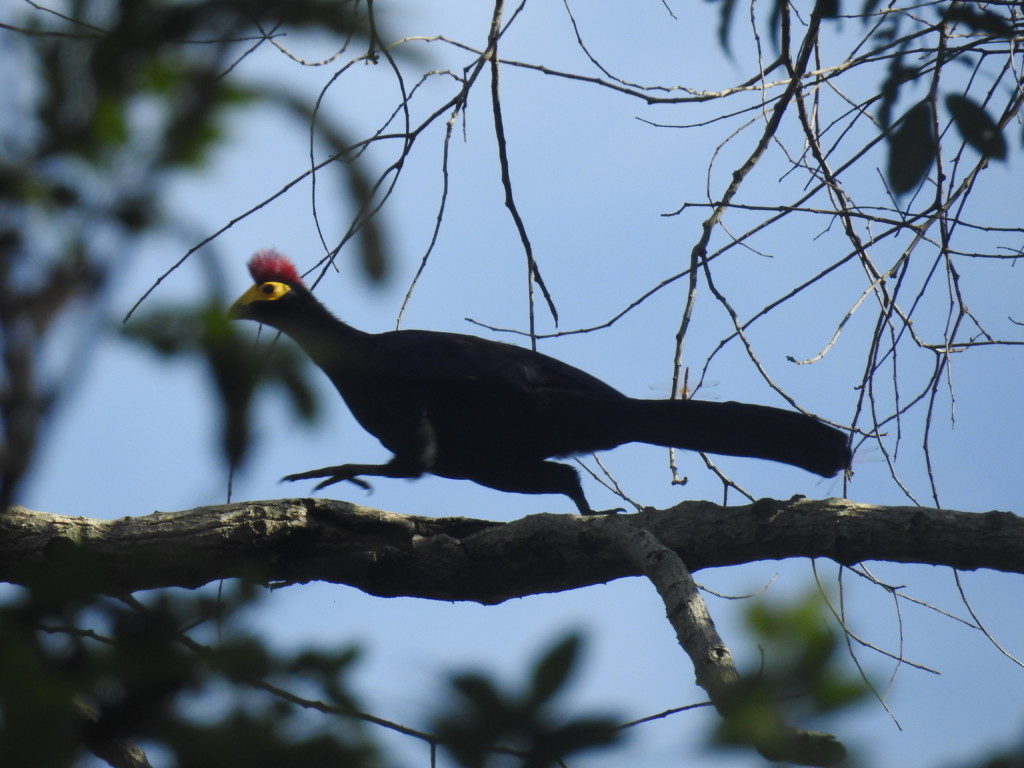
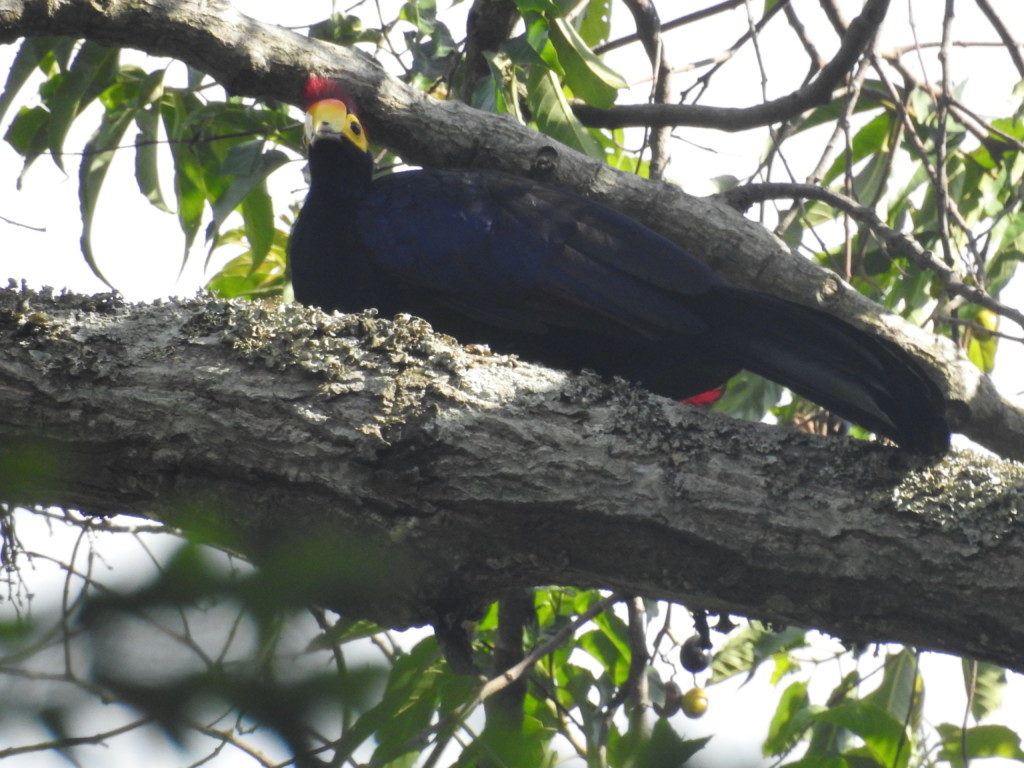
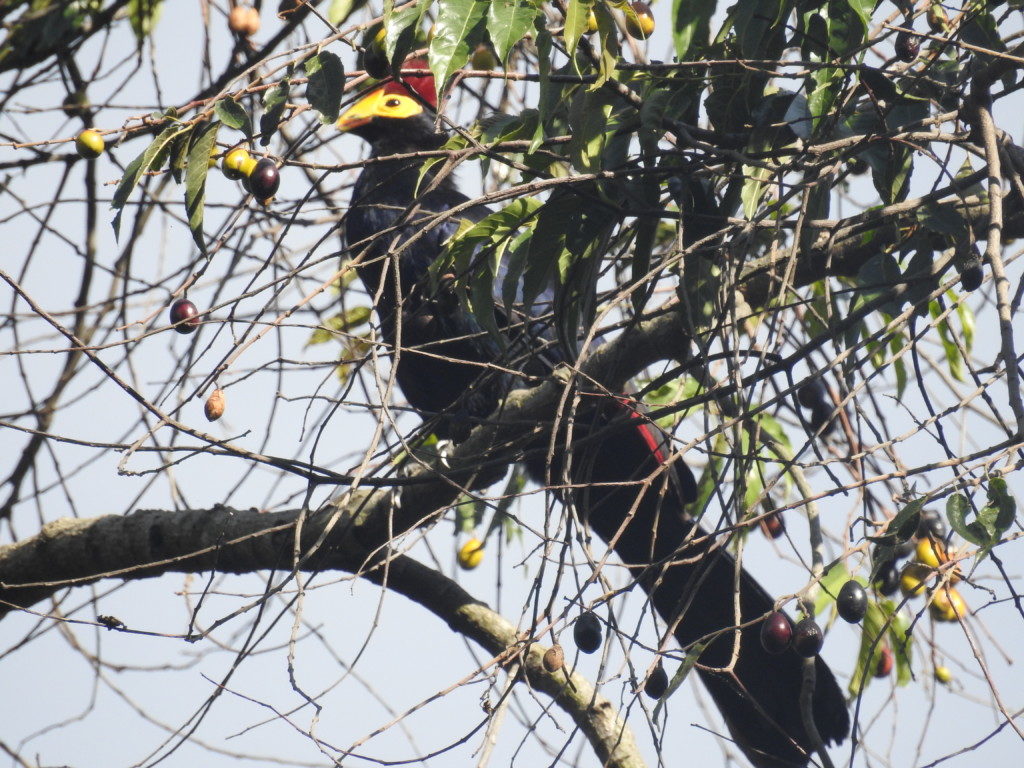
Wicked looking spider!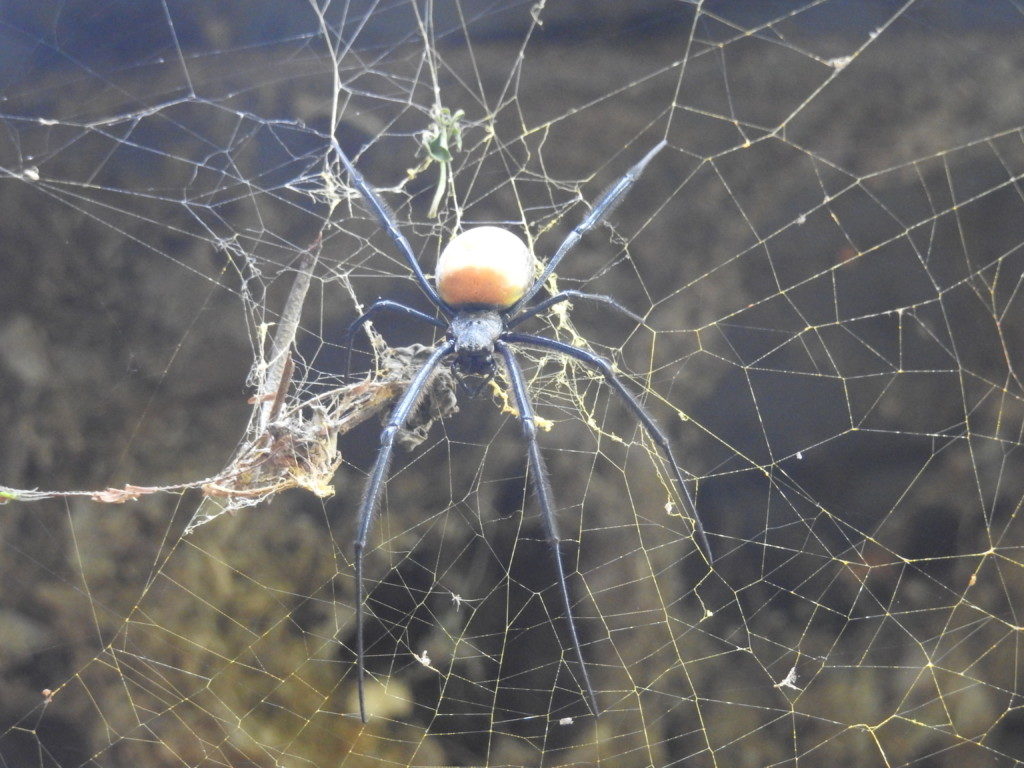
Great Blue Turaco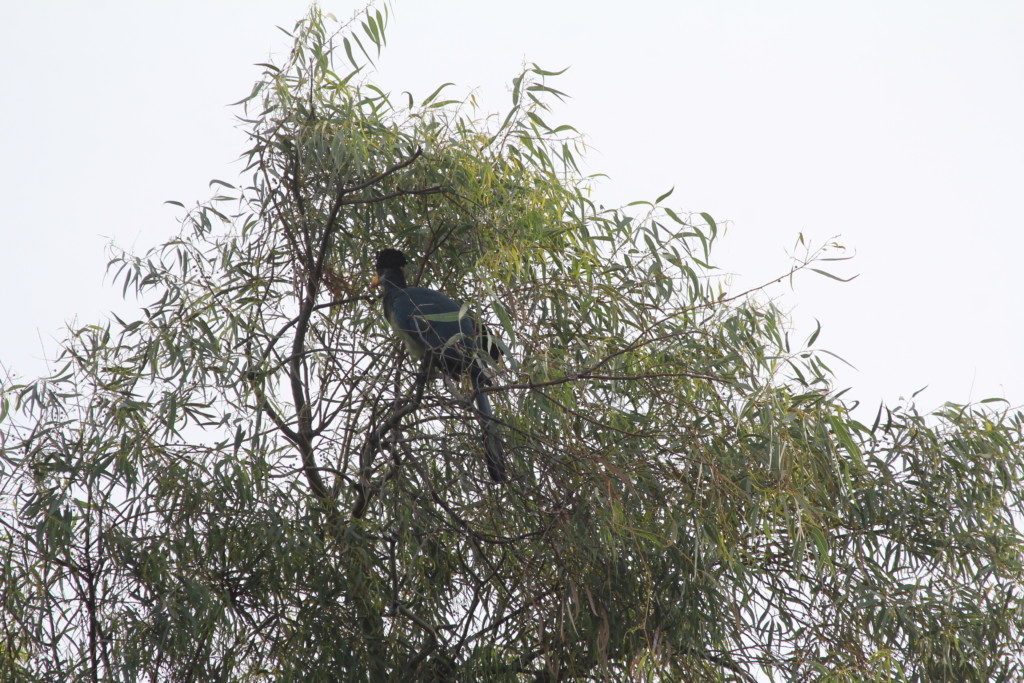
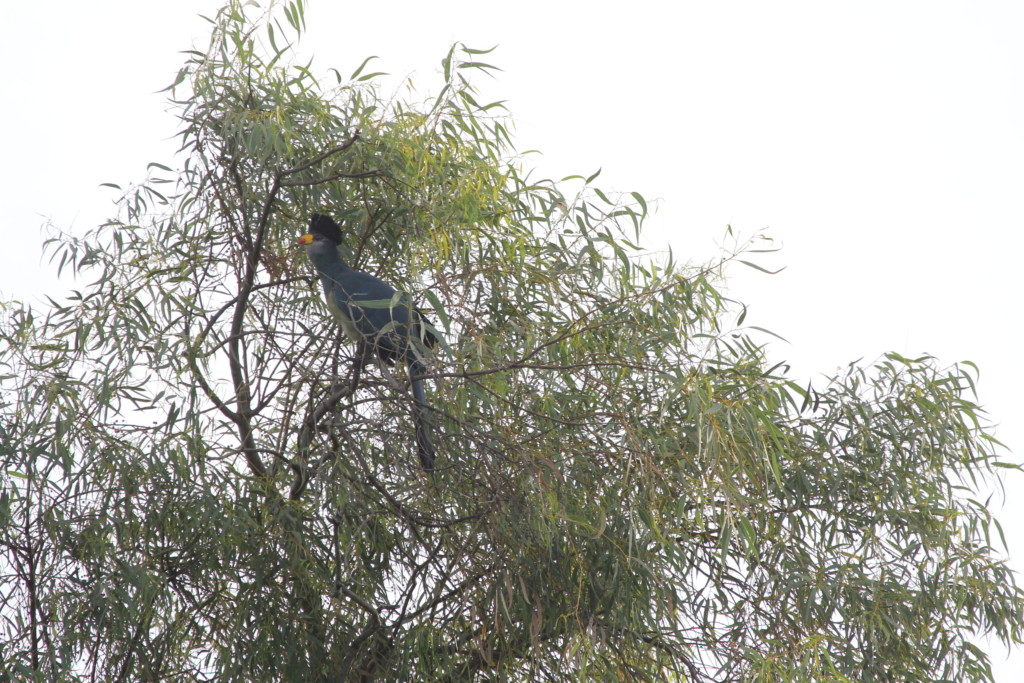
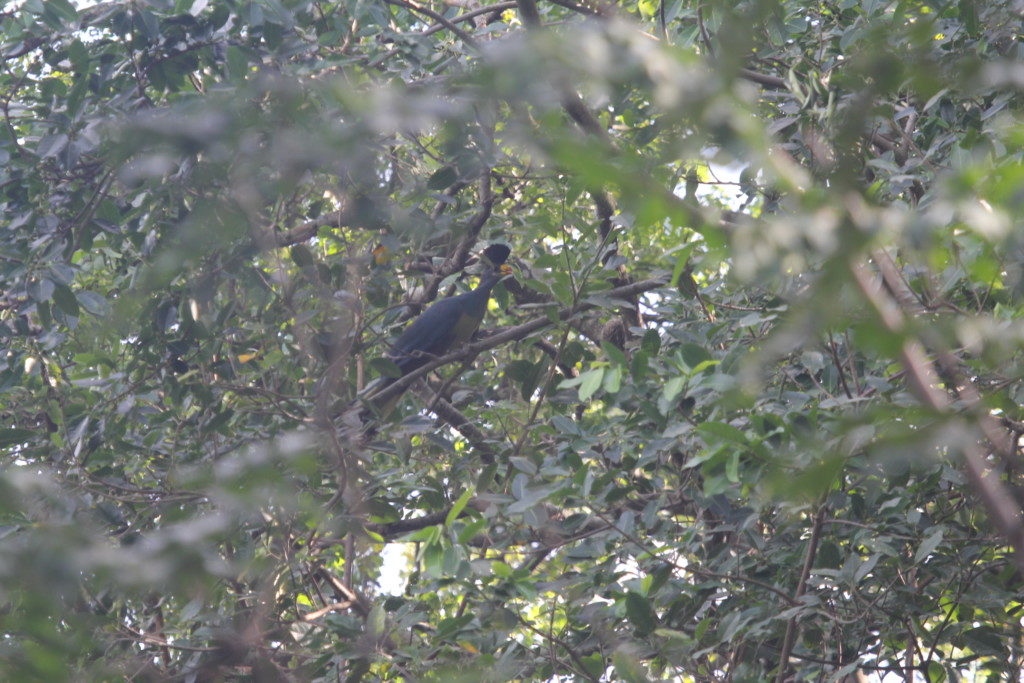
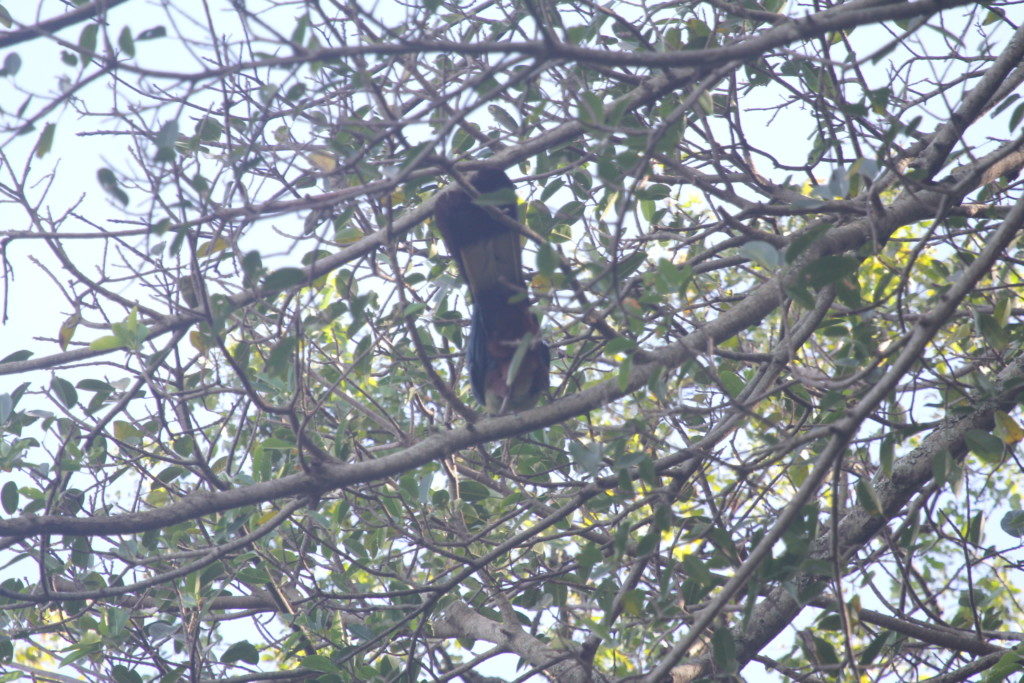
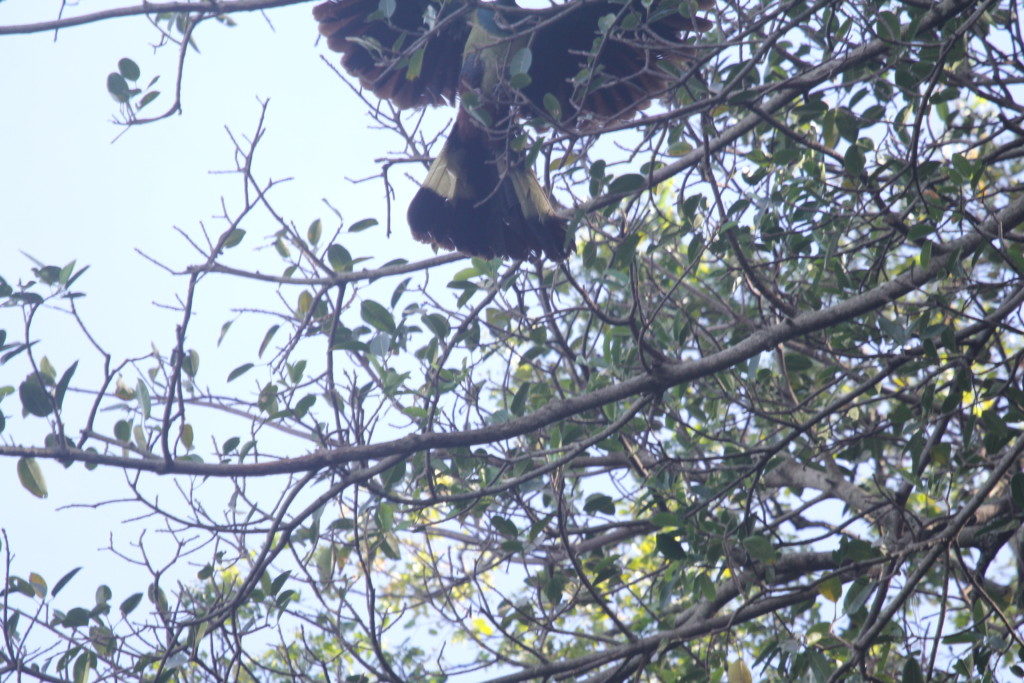
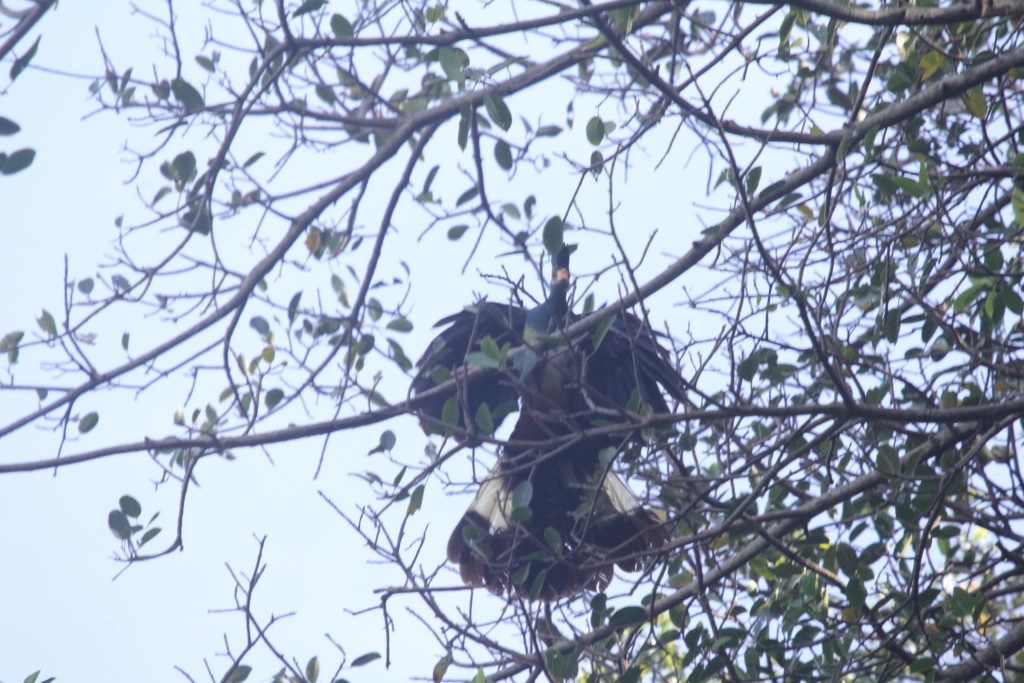
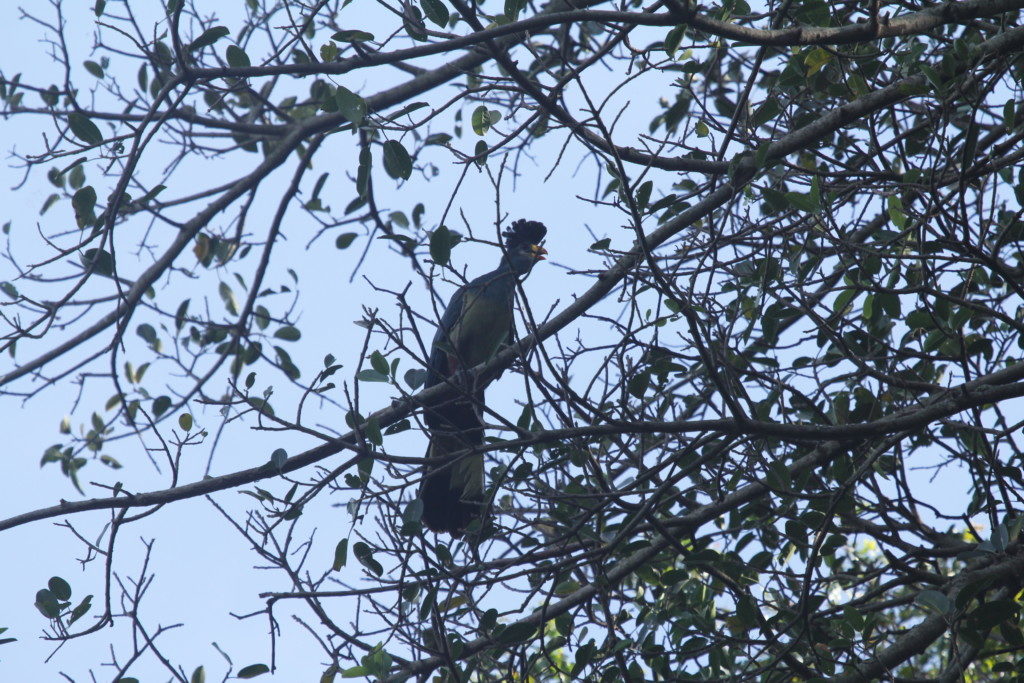
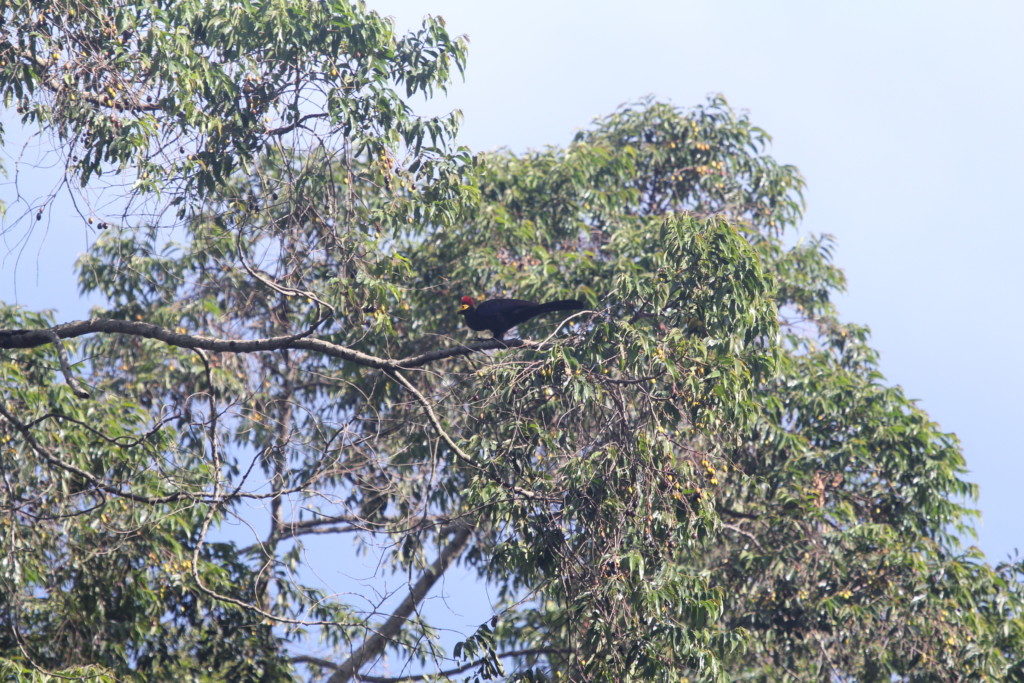
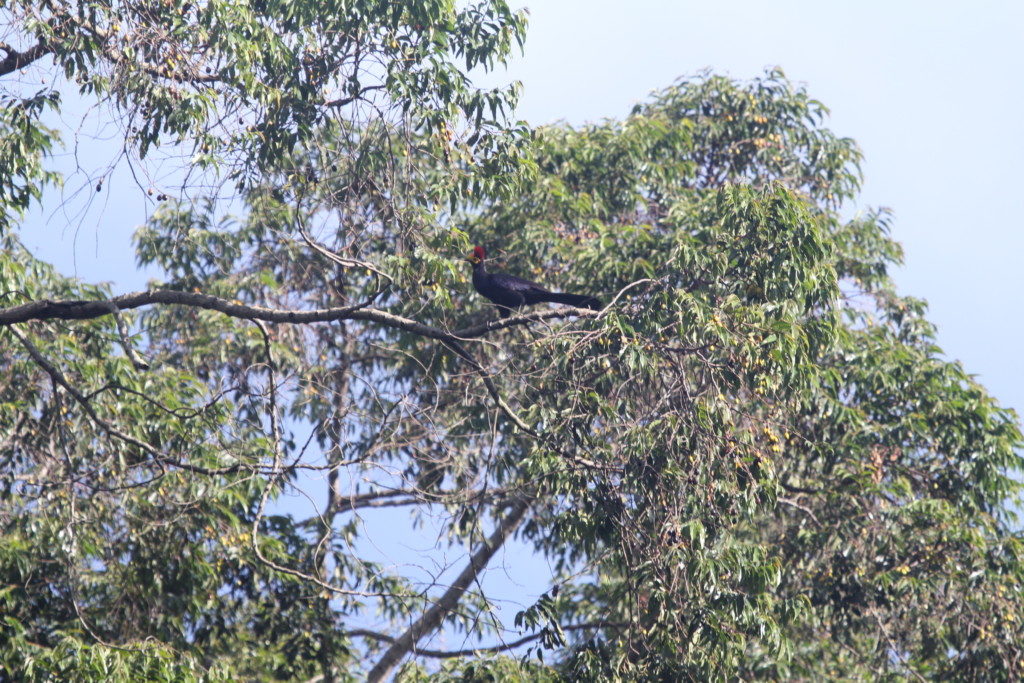
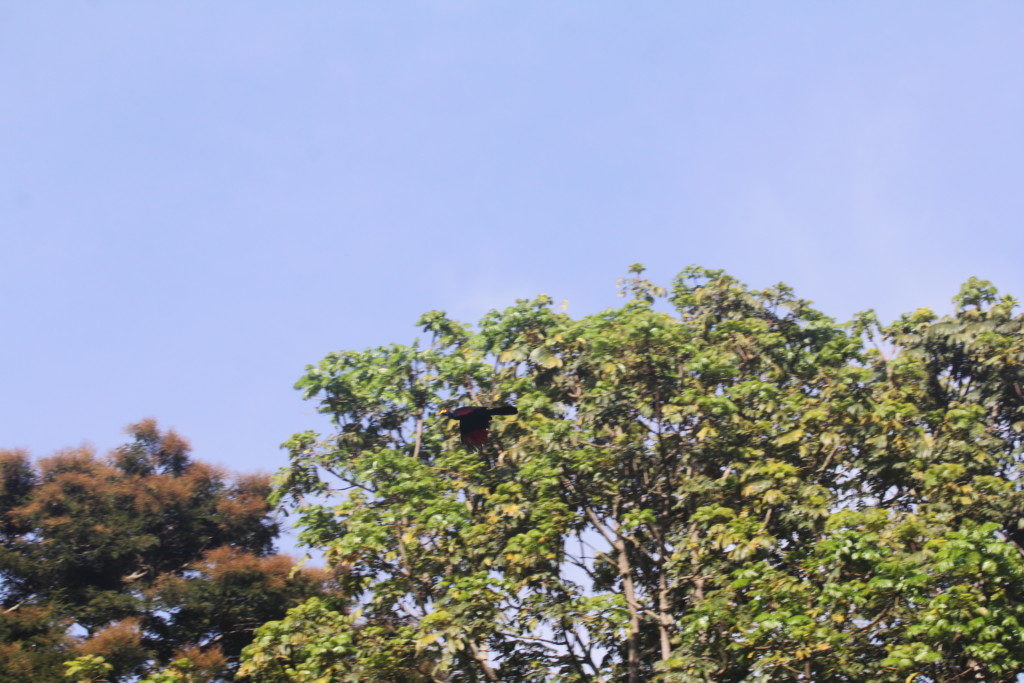
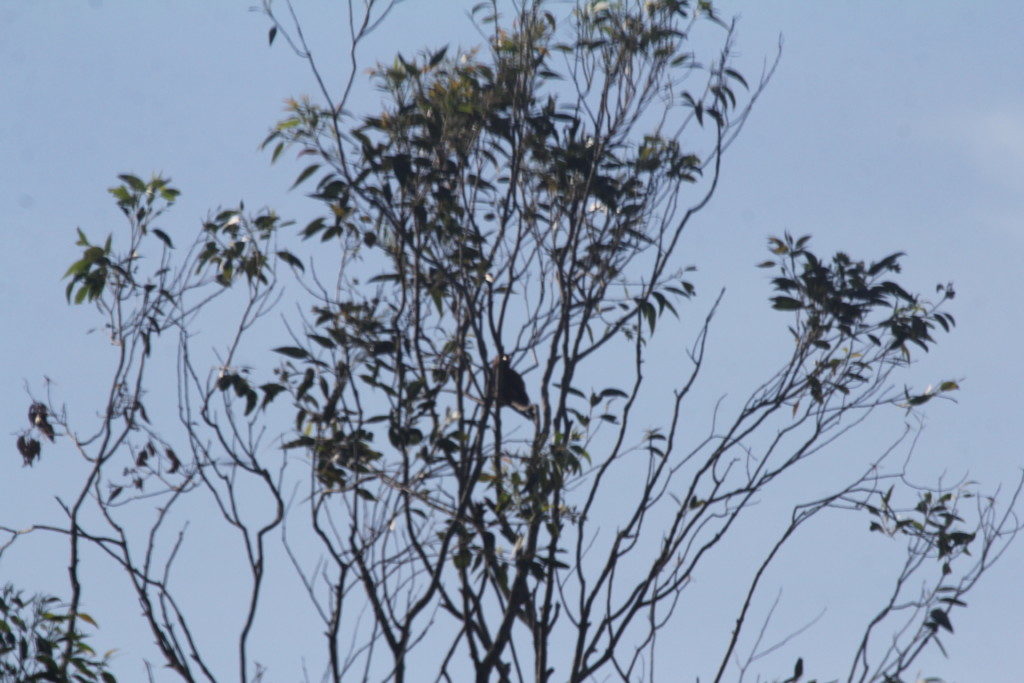
This one is too obscured, if anyone knows what it is, please comment.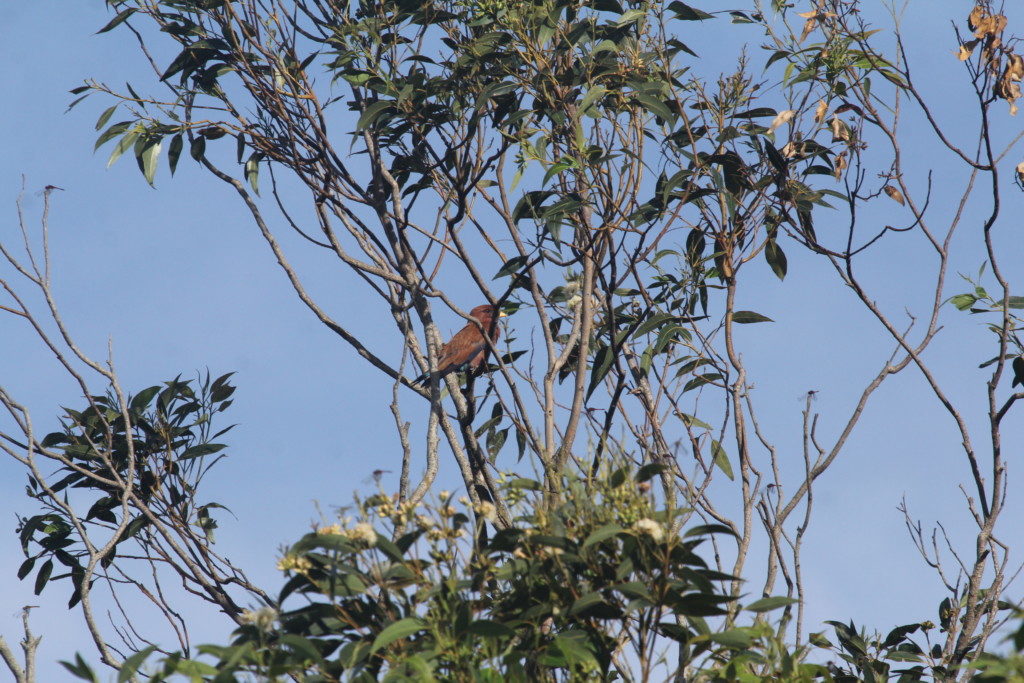
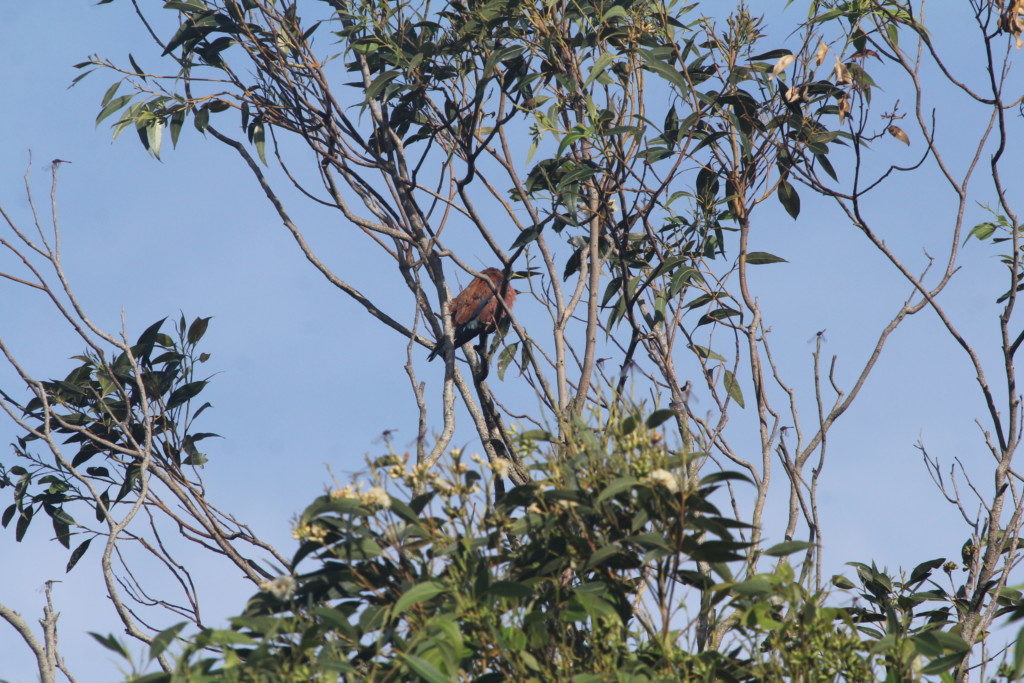
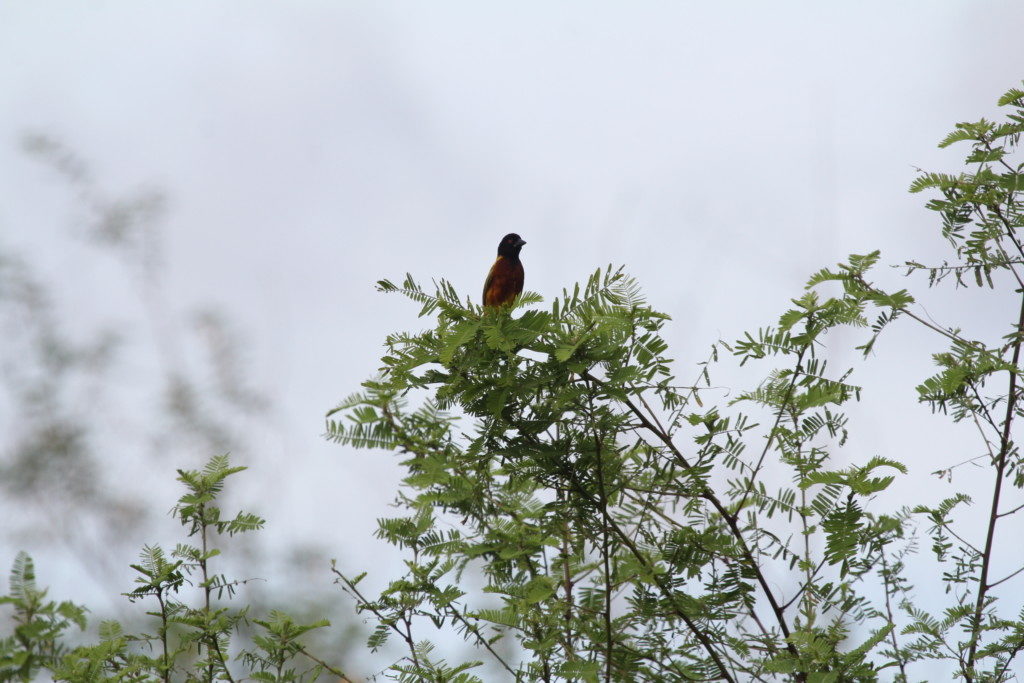
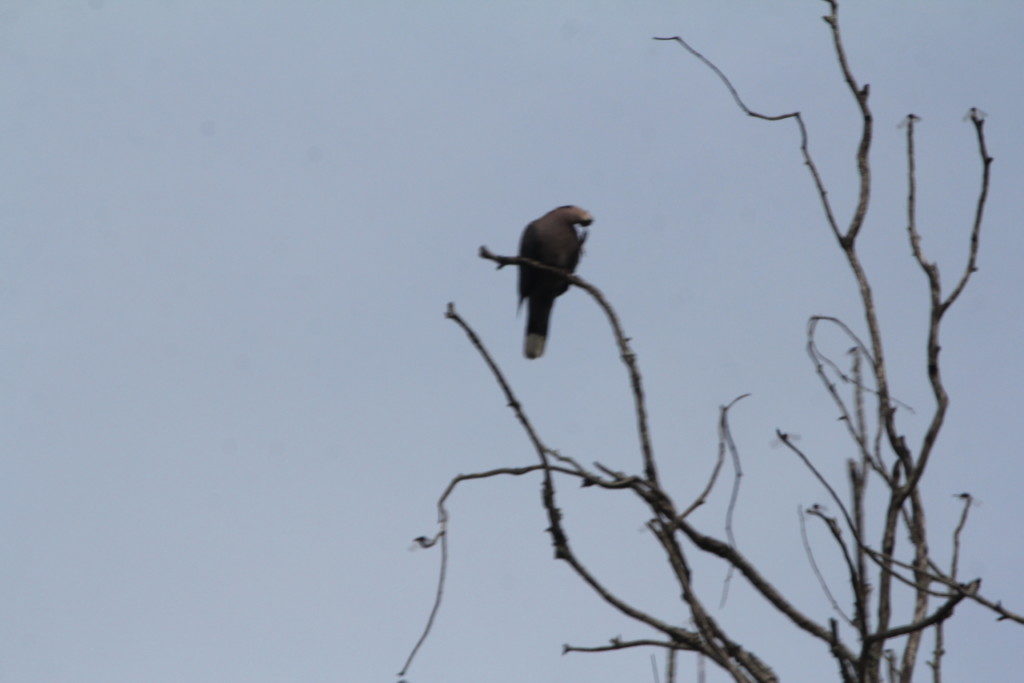
Woodland Kingfisher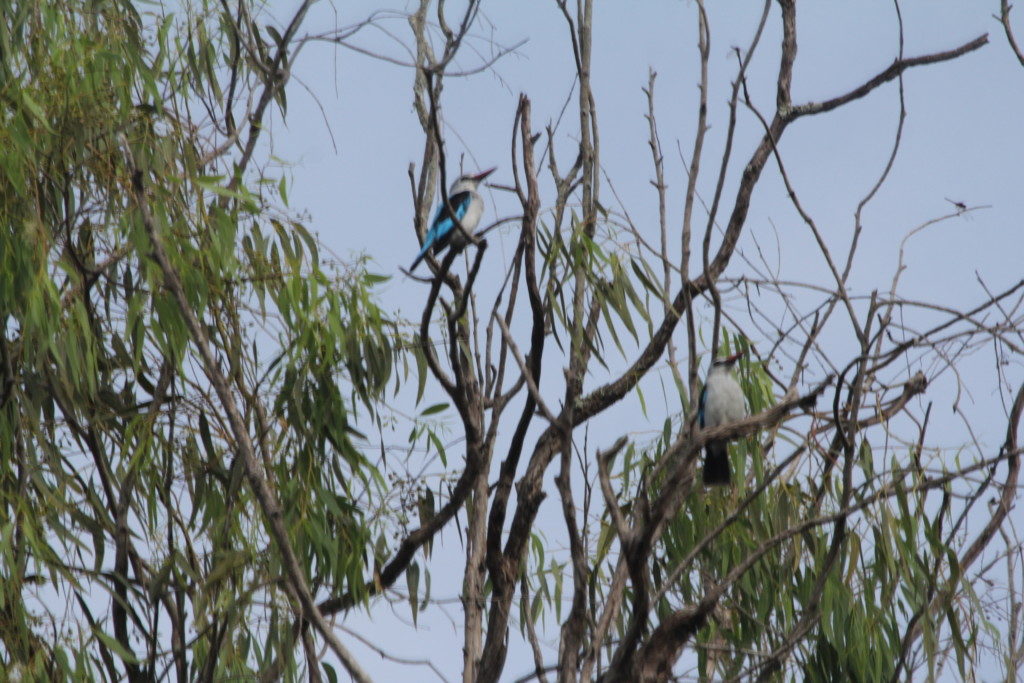
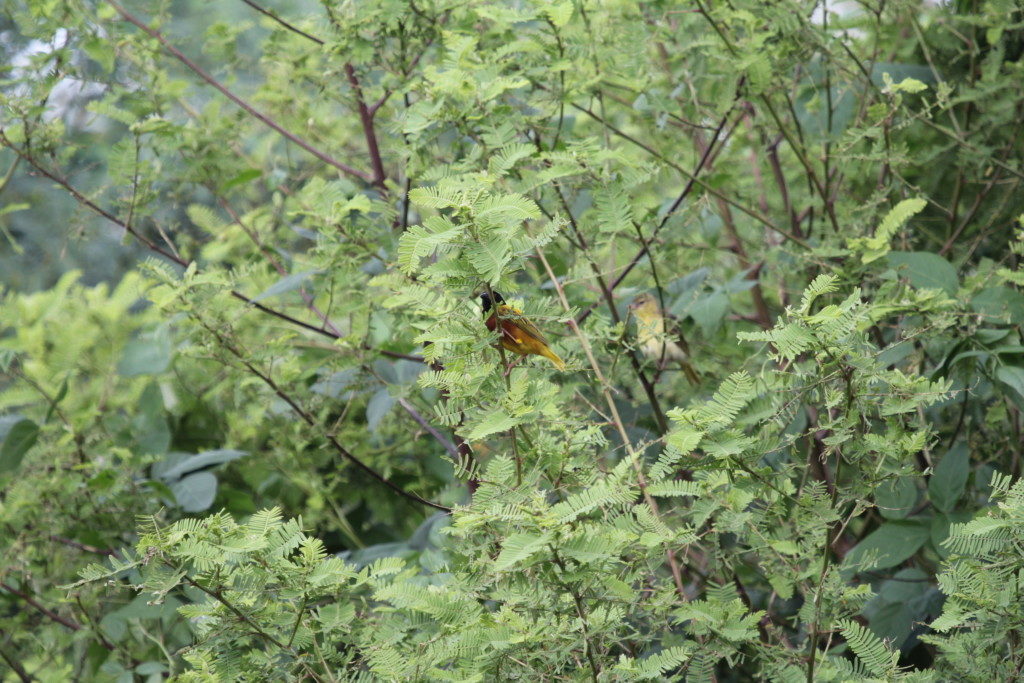
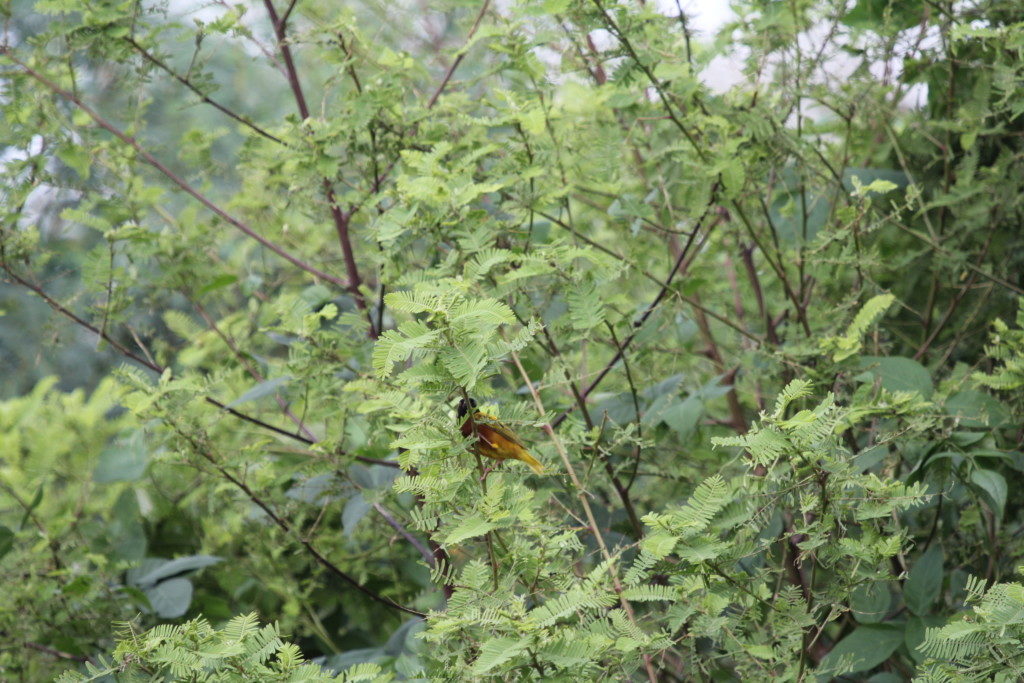
Fish Eagle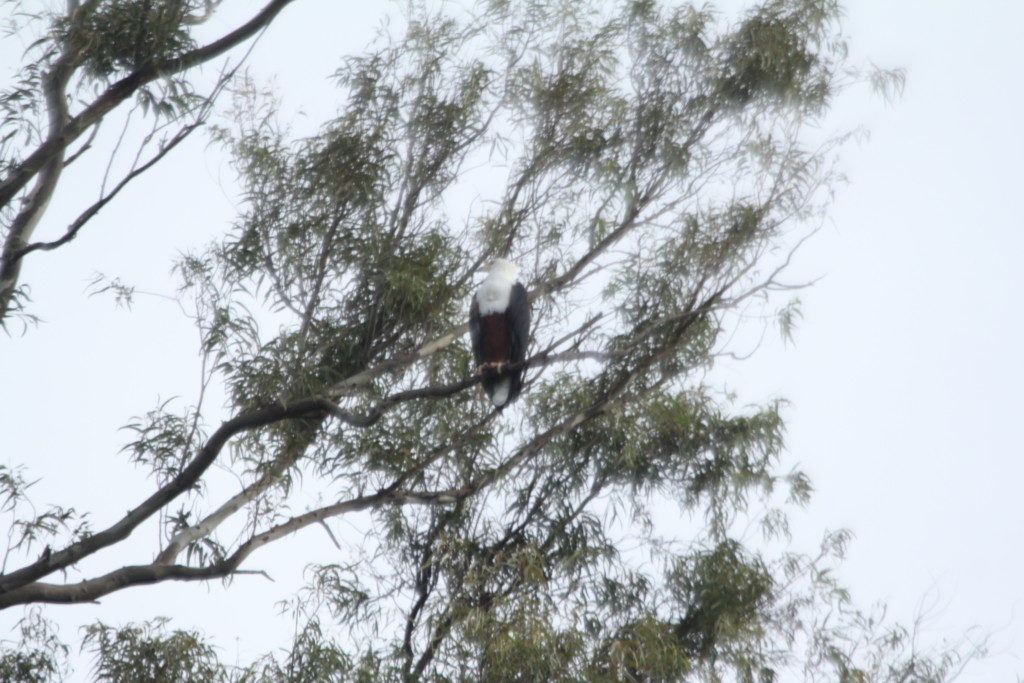
Bad shots of random birds, if anyone can help with these, let me know. I do have a bird checklist on eBird.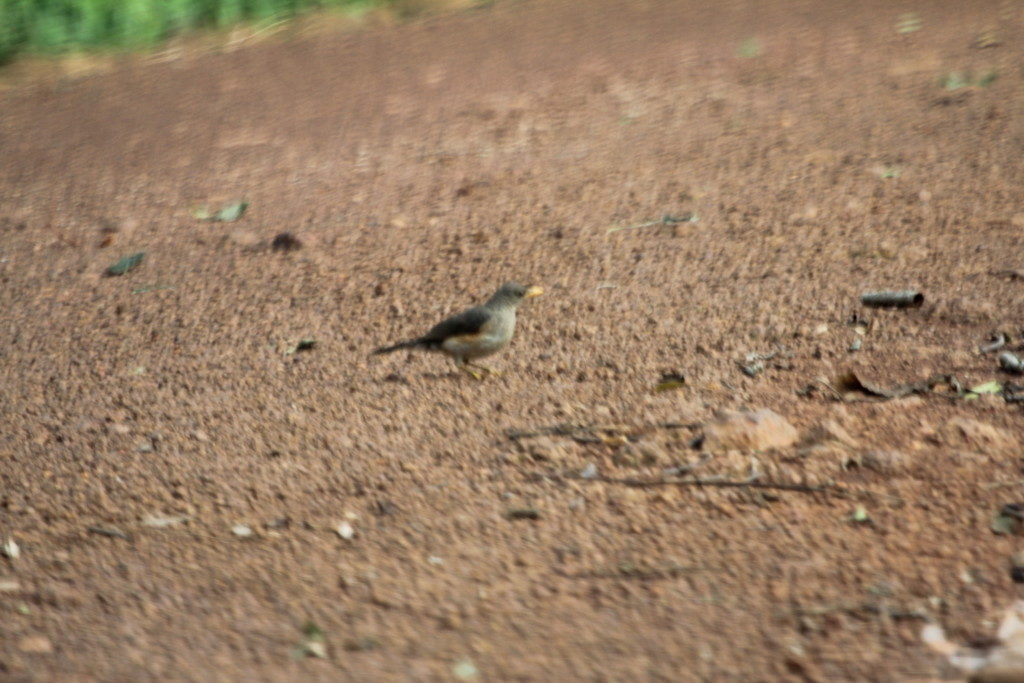
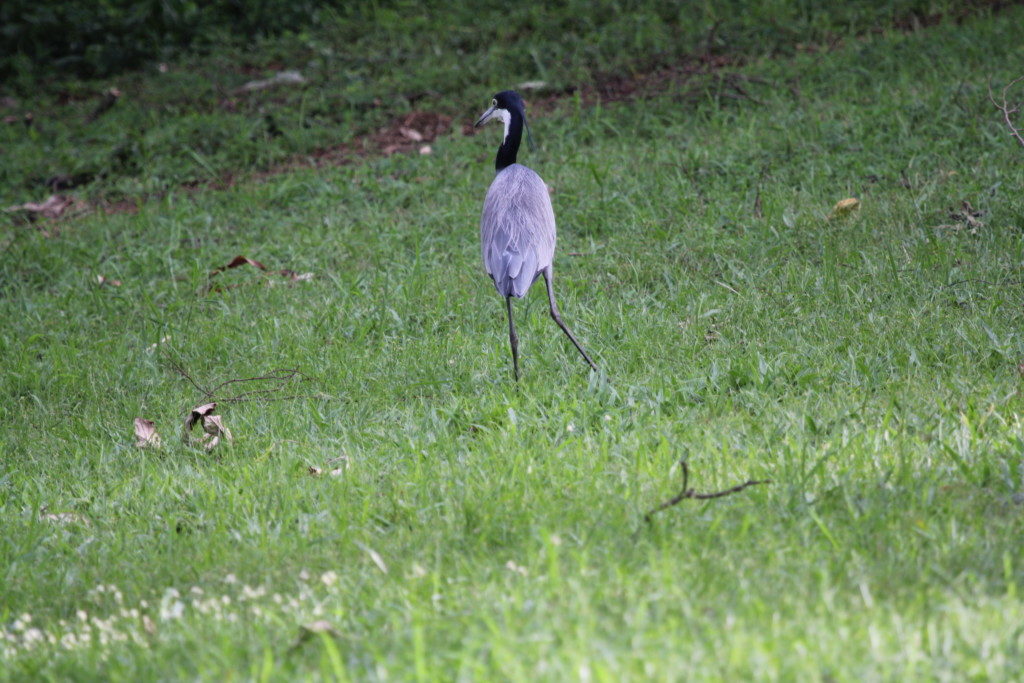
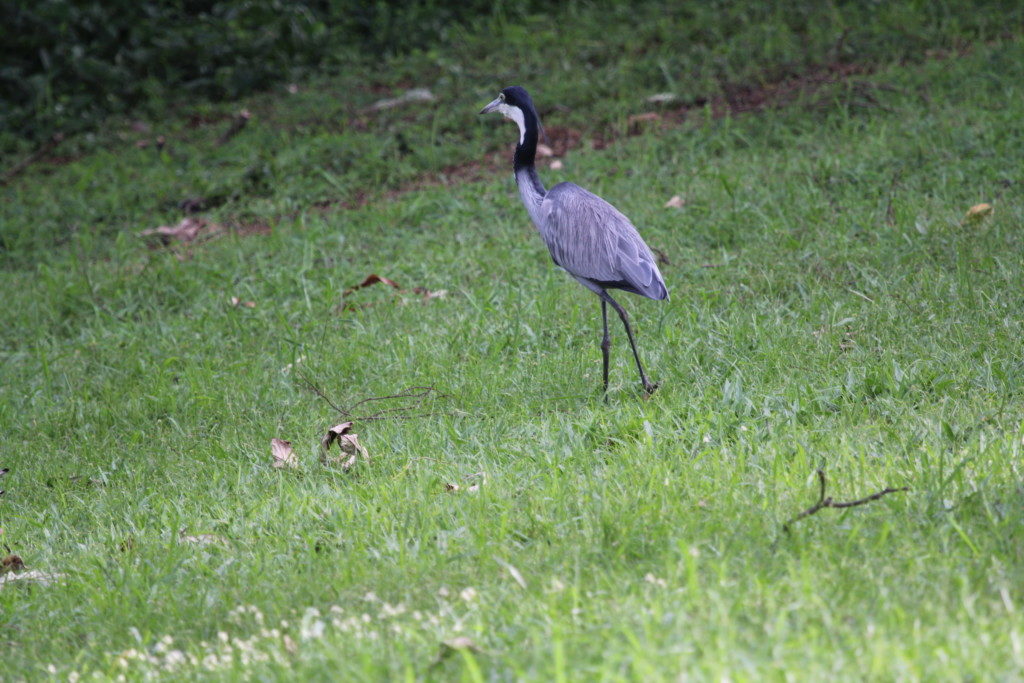
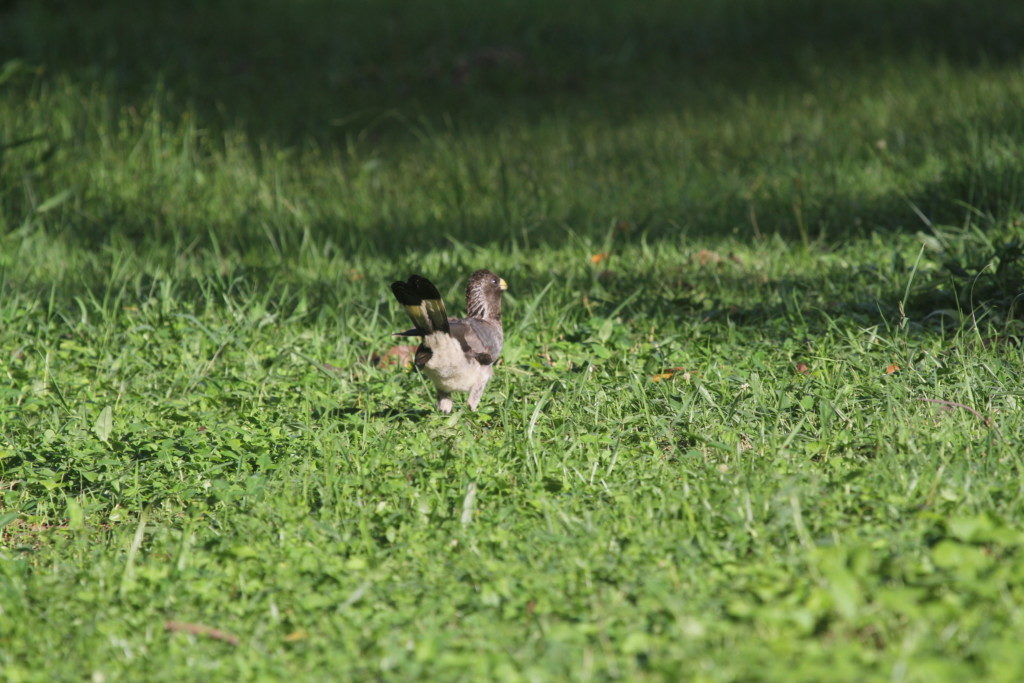
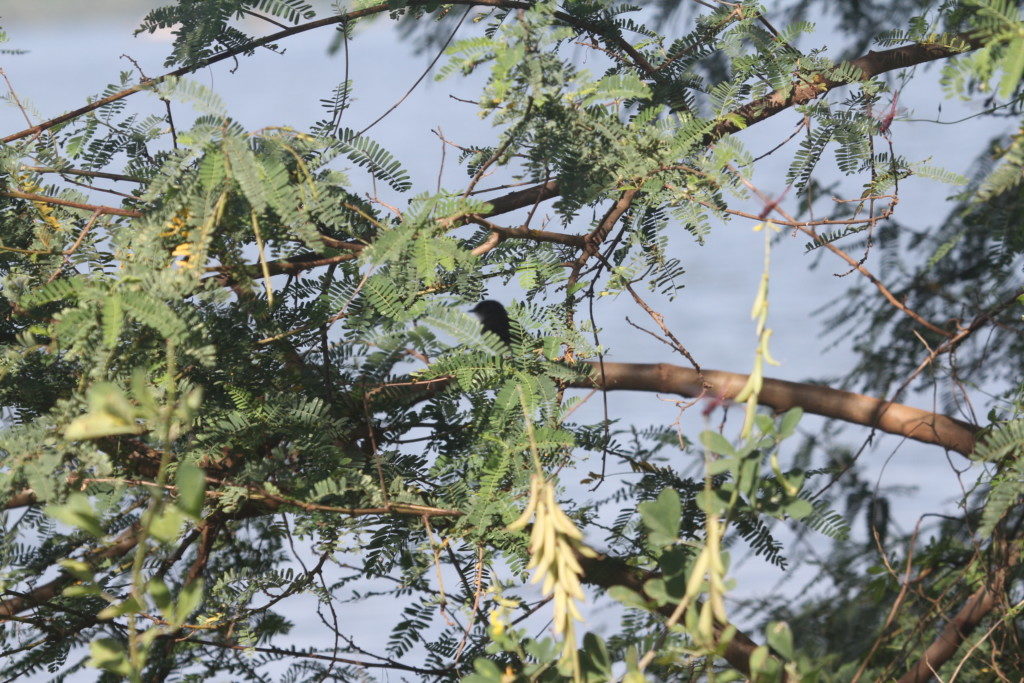
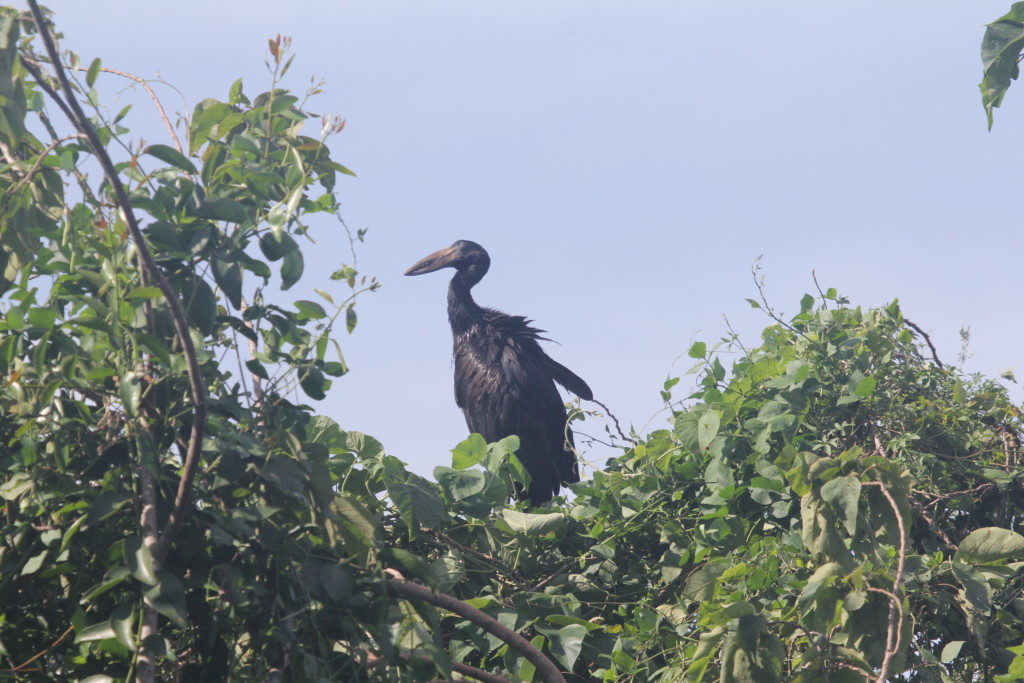
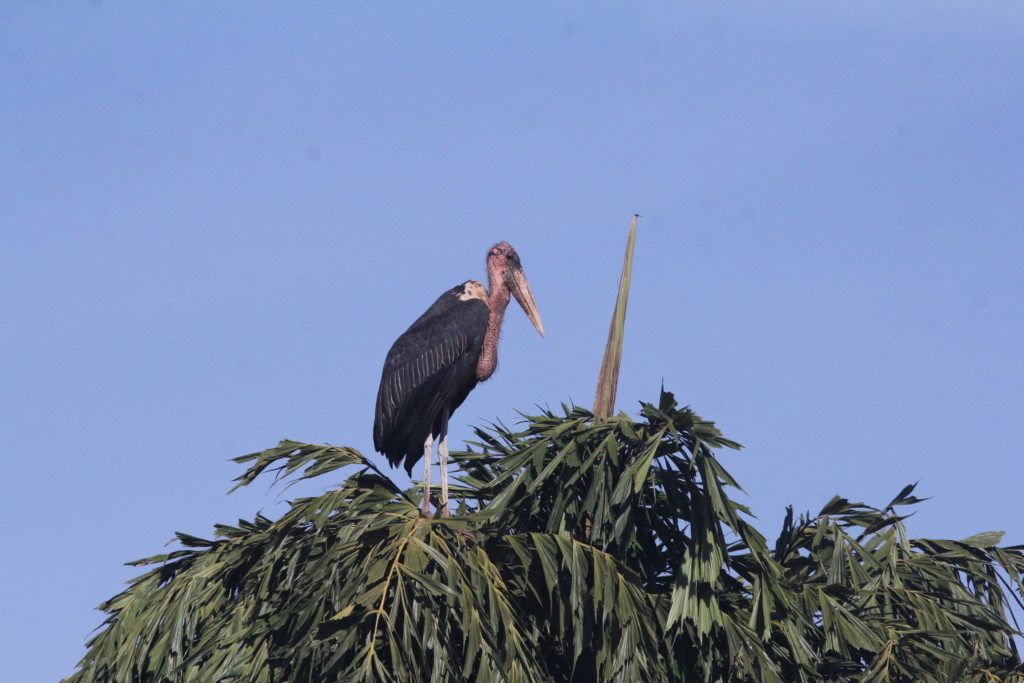
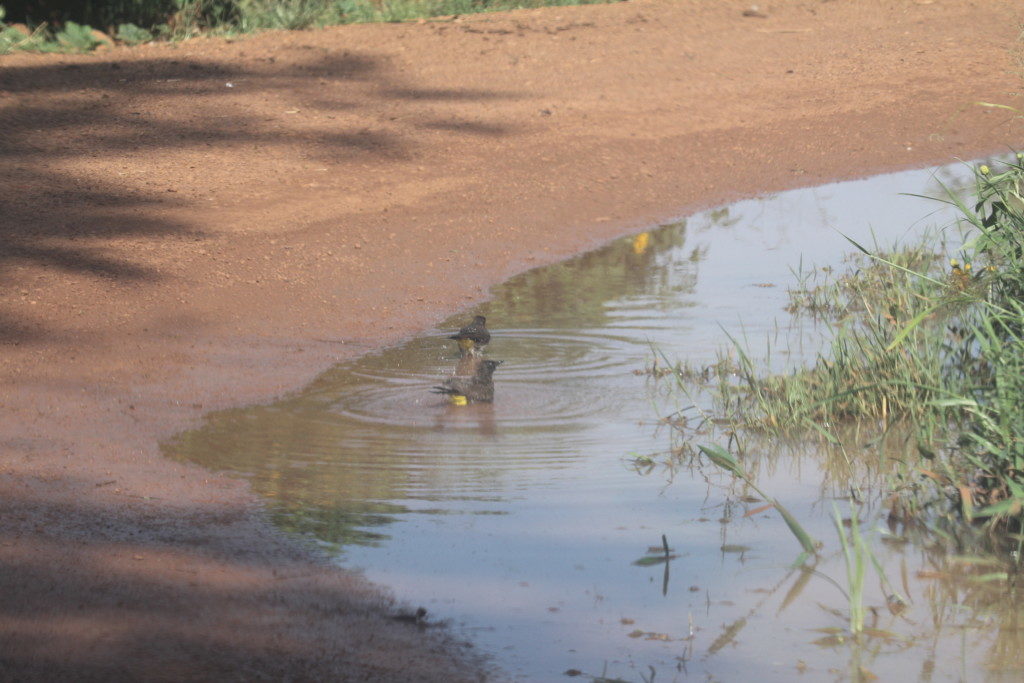
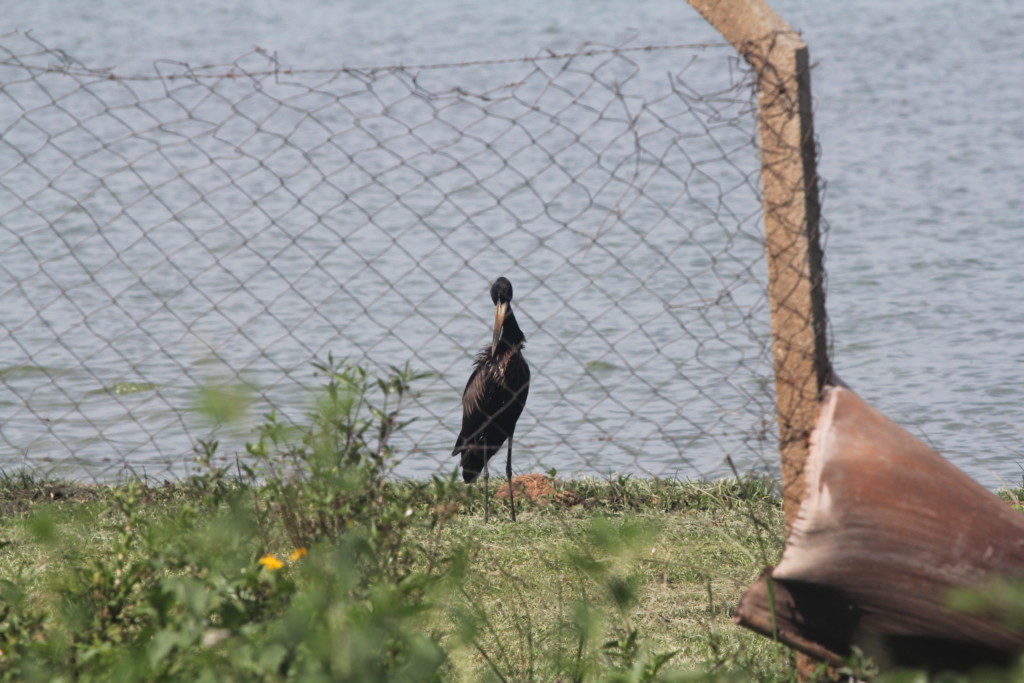

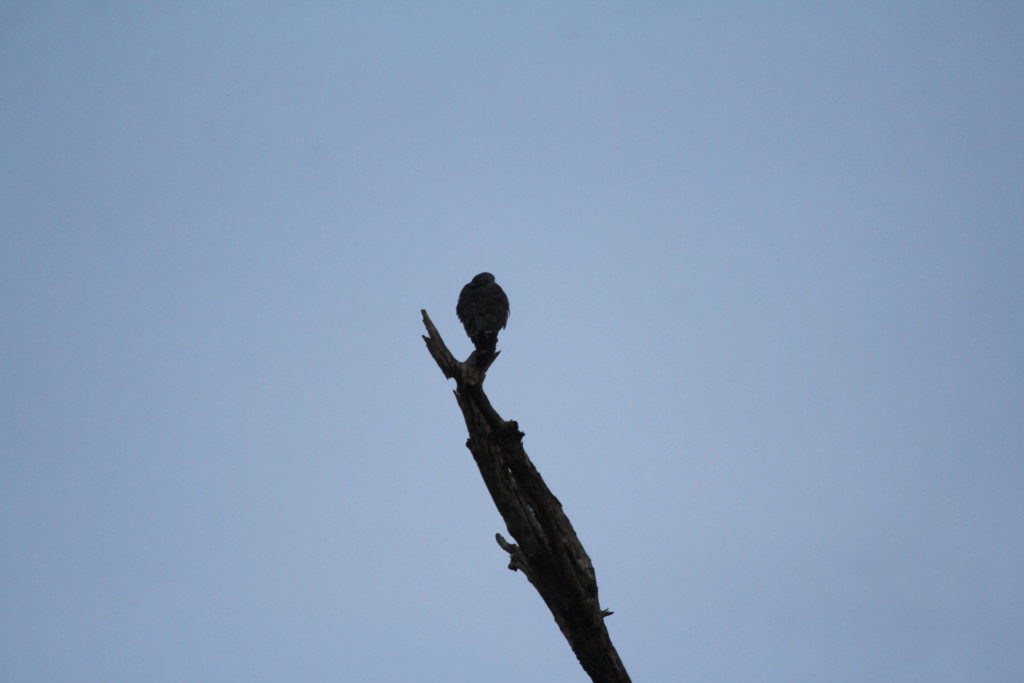
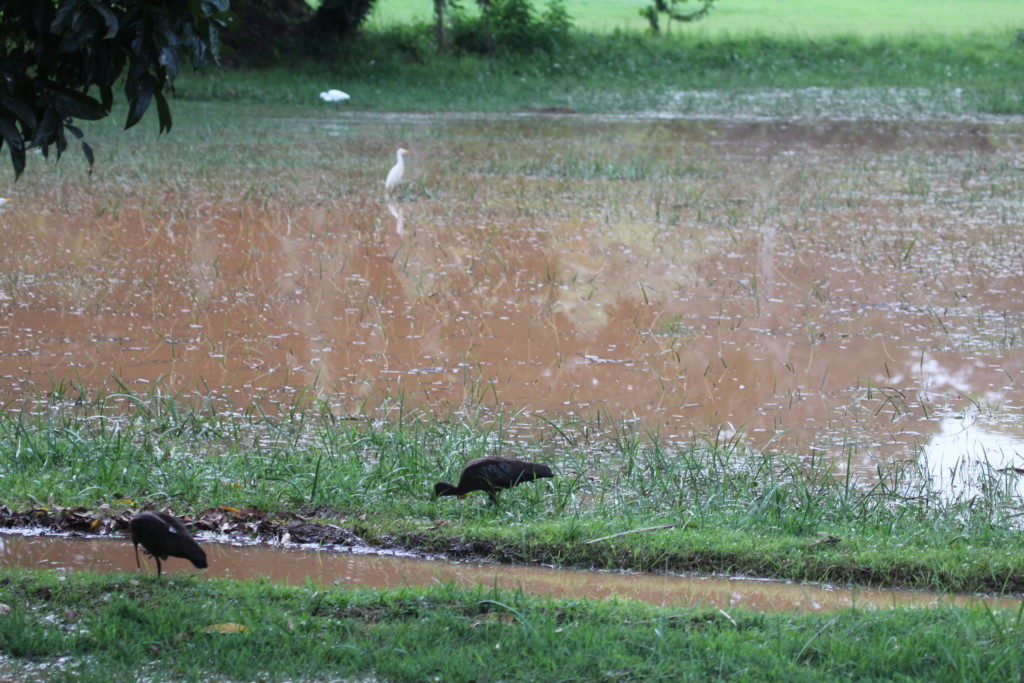
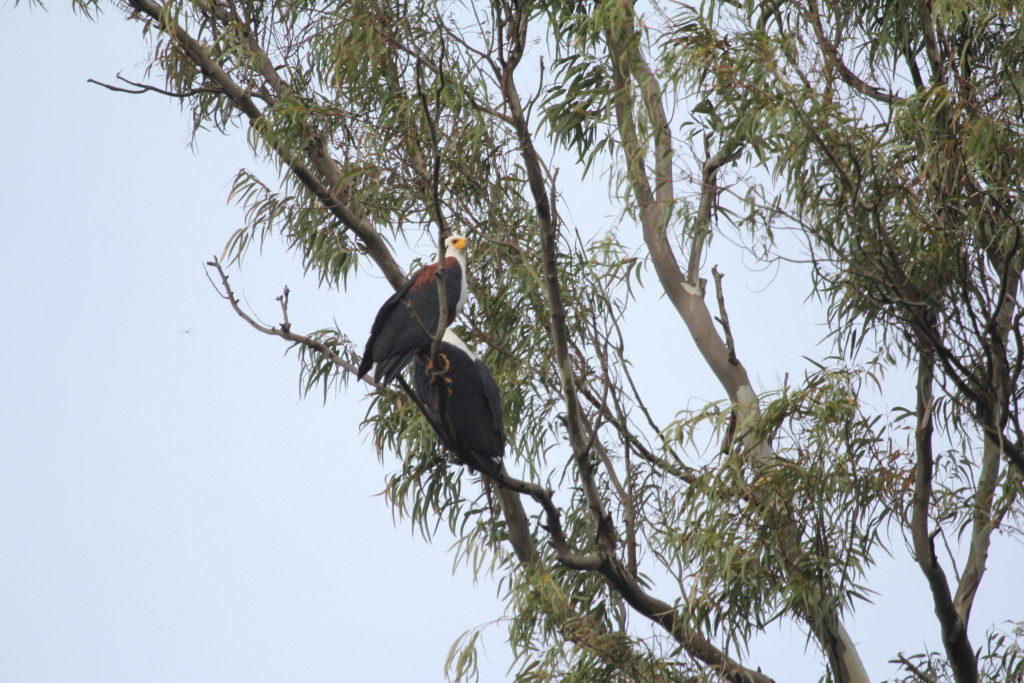
Black and White Casqued Hornbill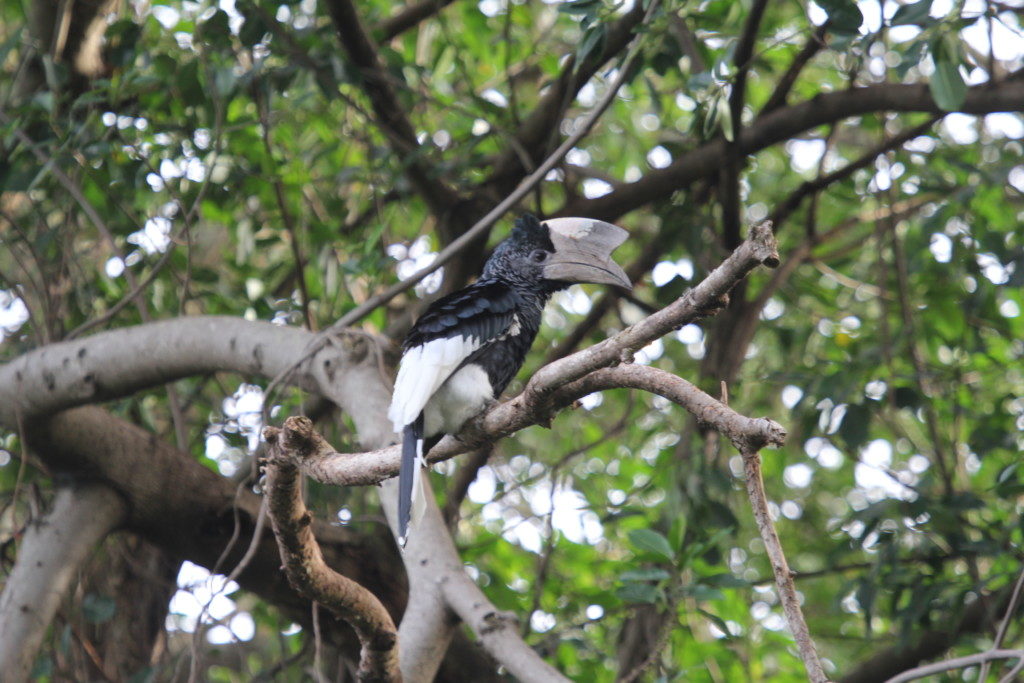
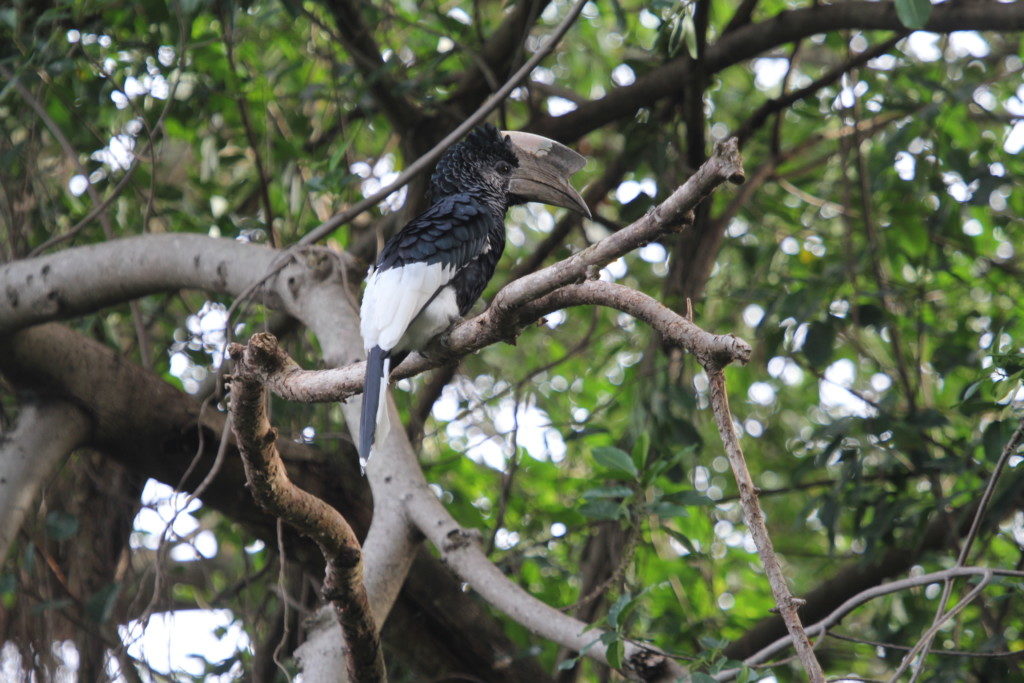
Colobus Monkey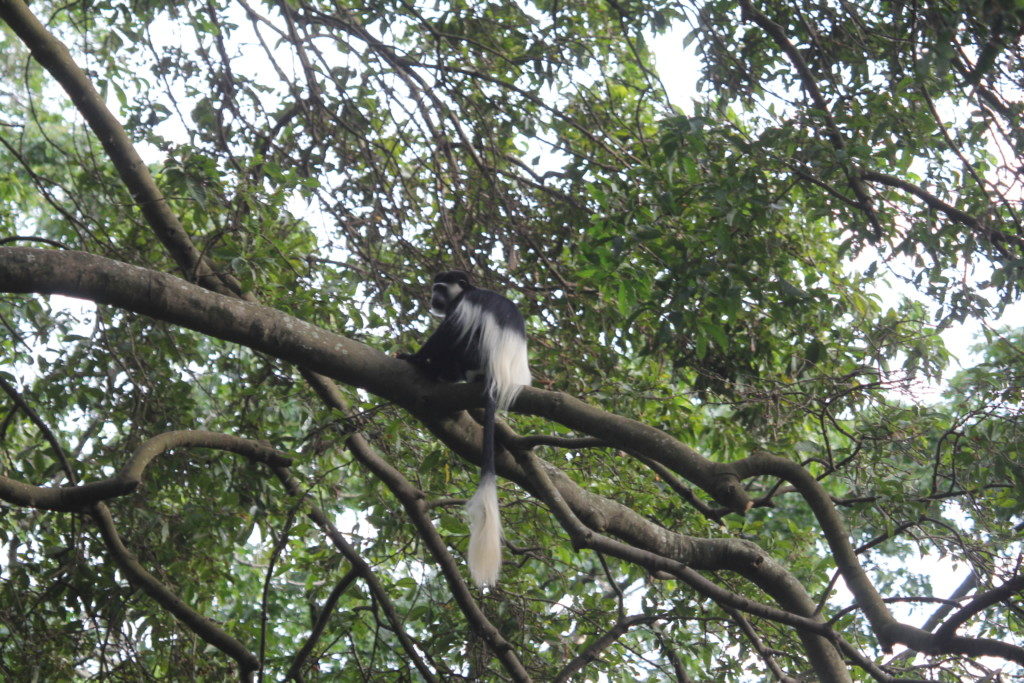
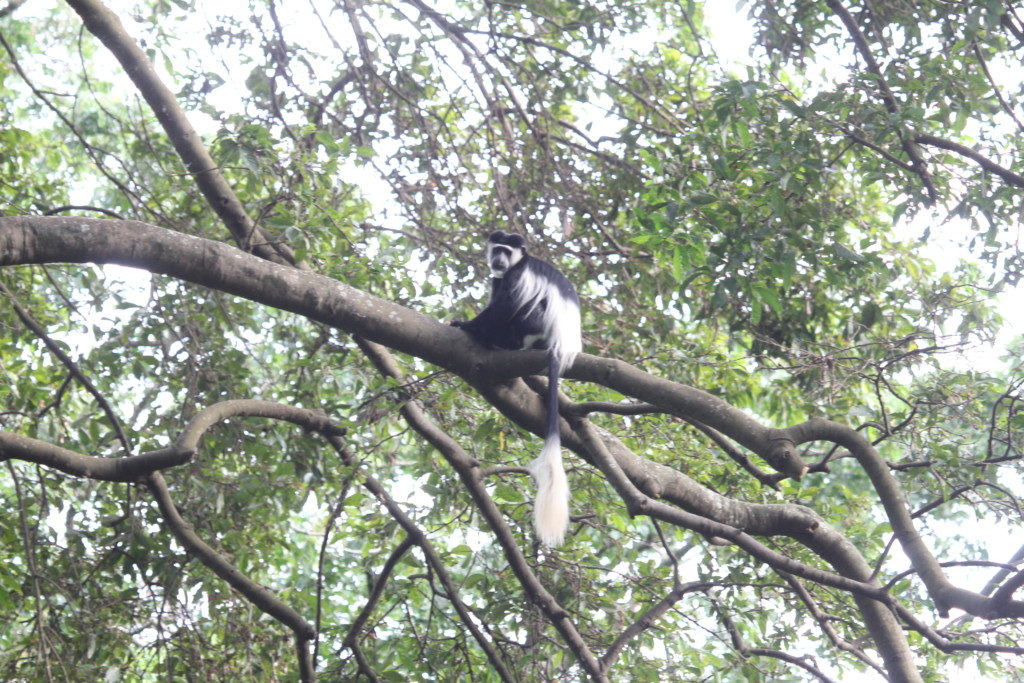
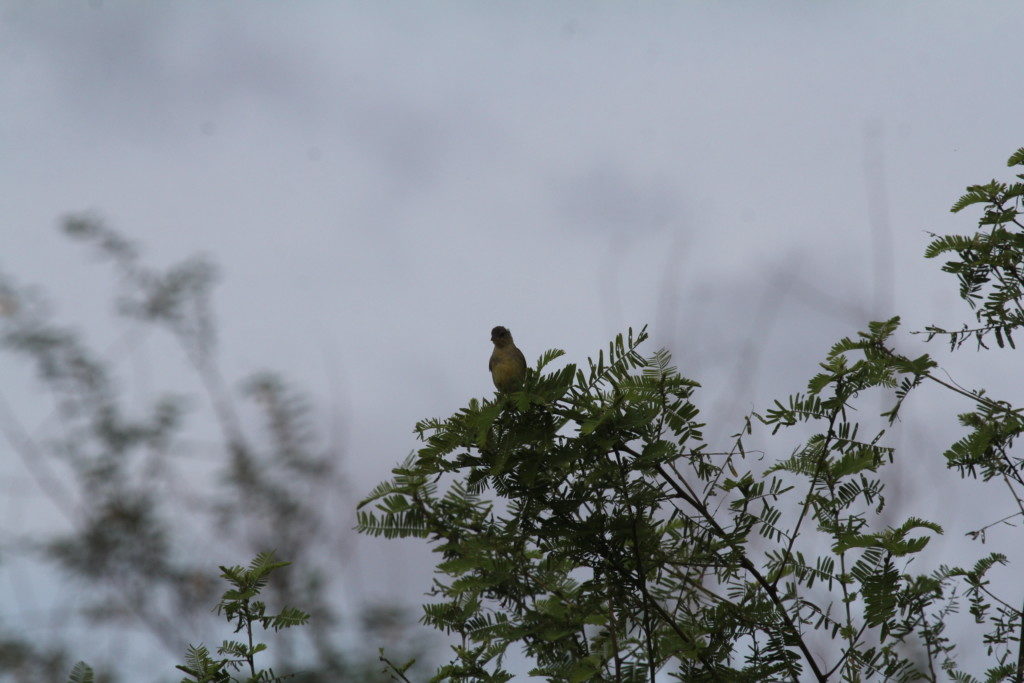
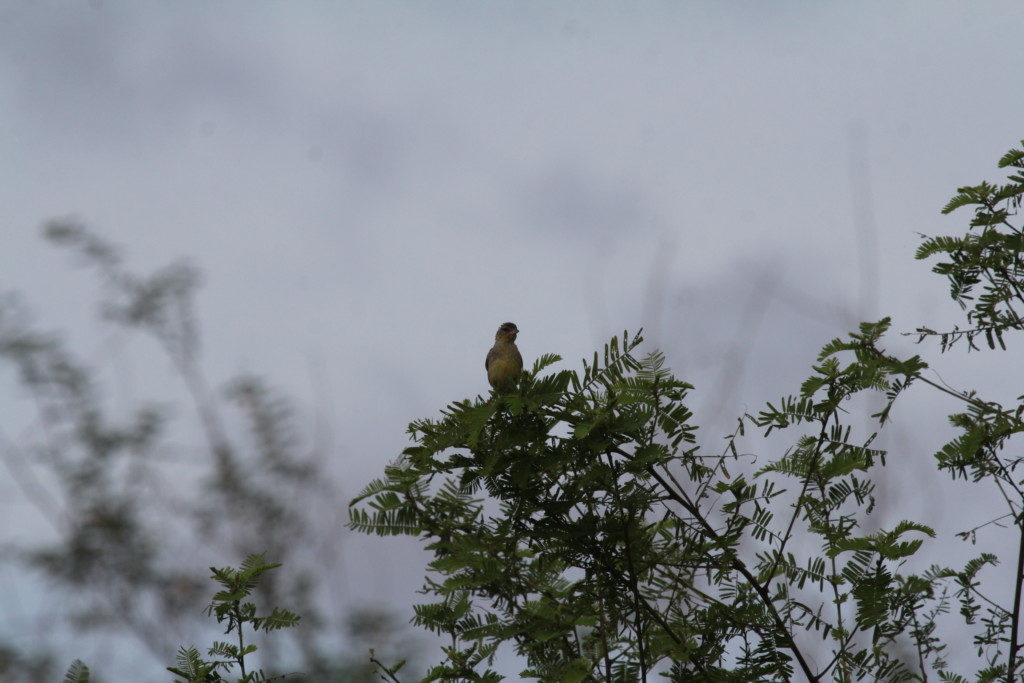
Saving the best for last-the wonderful African Grey Parrots! There were around 10-12 frolicking in the trees but not all of them came into view. Thankfully a few did!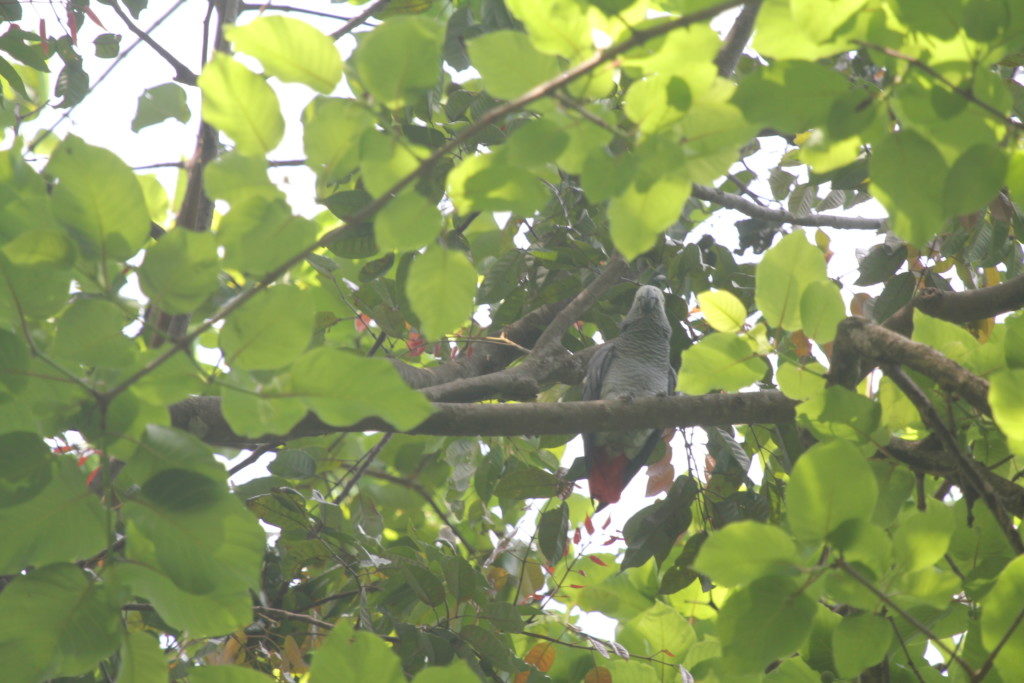
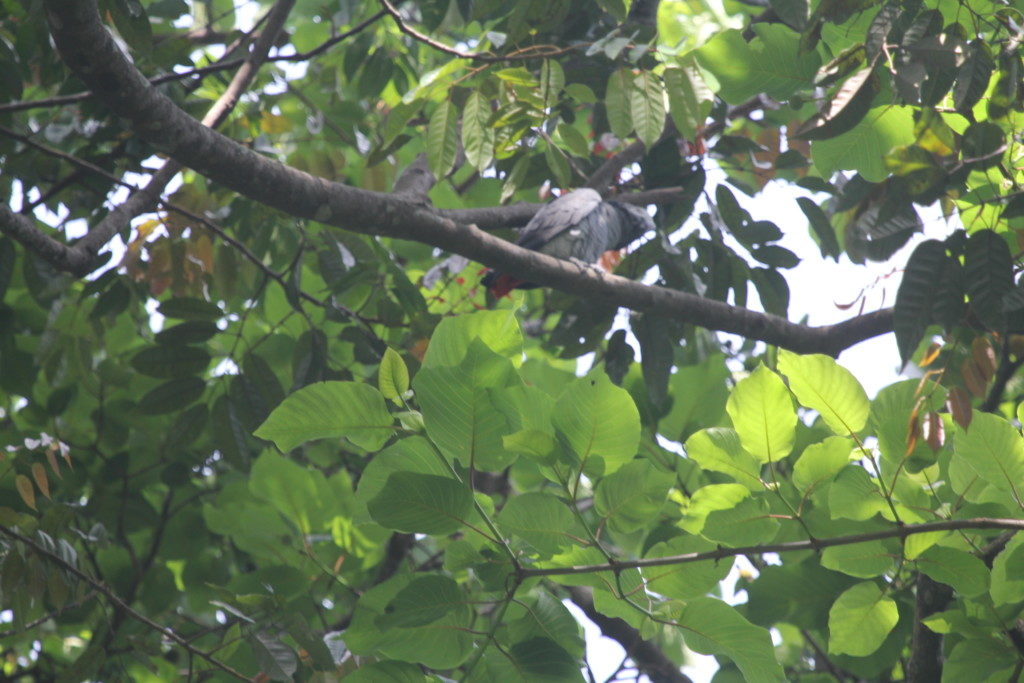
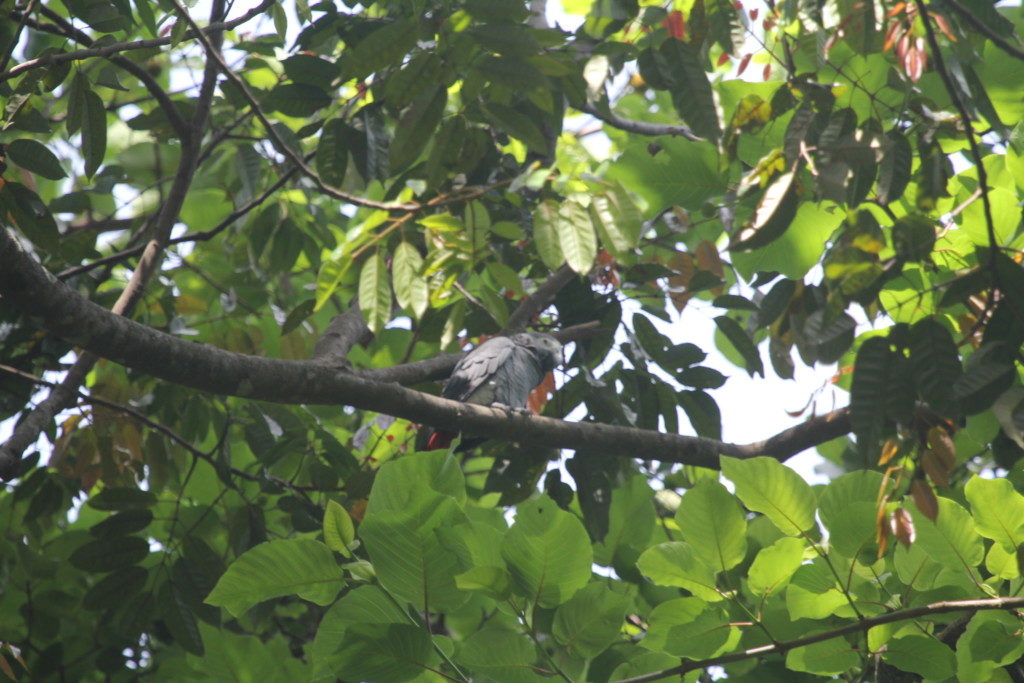
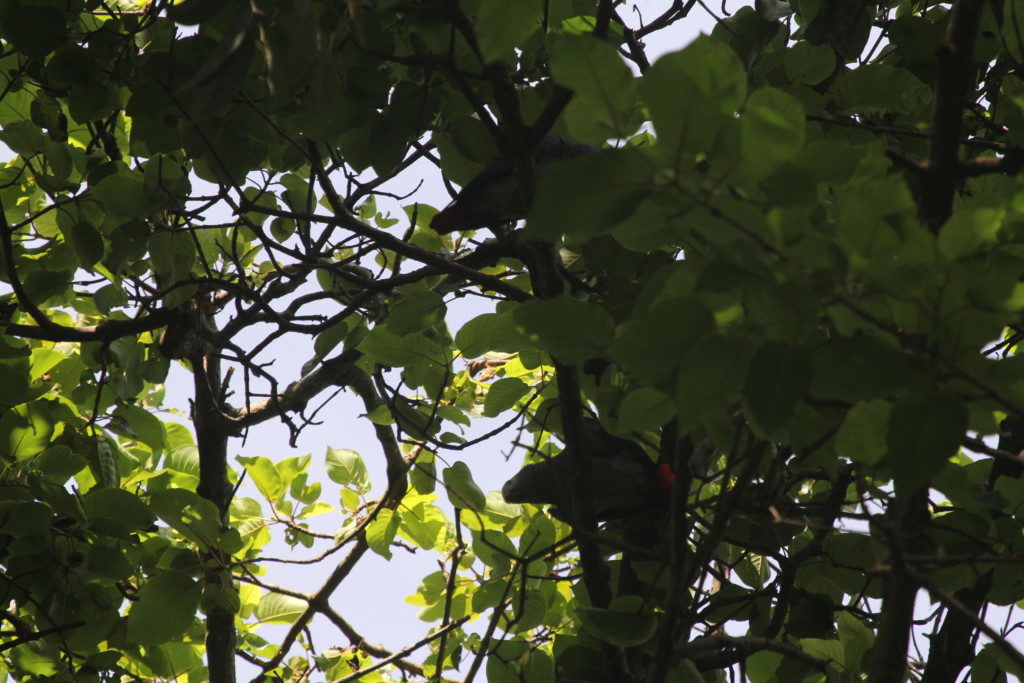
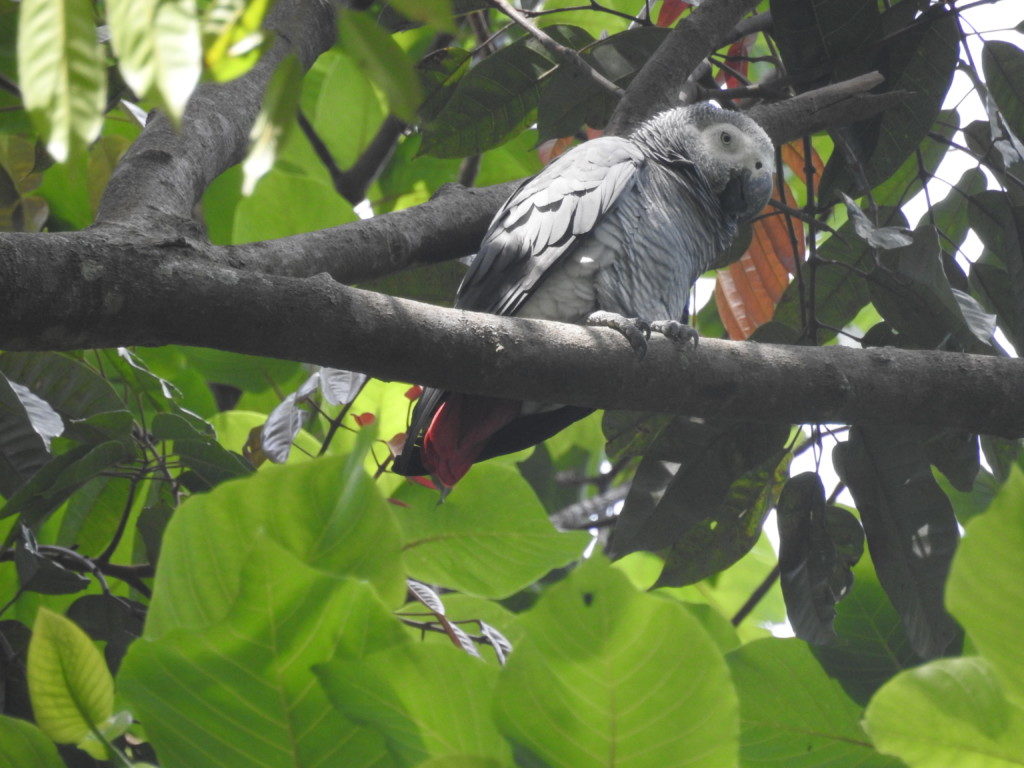
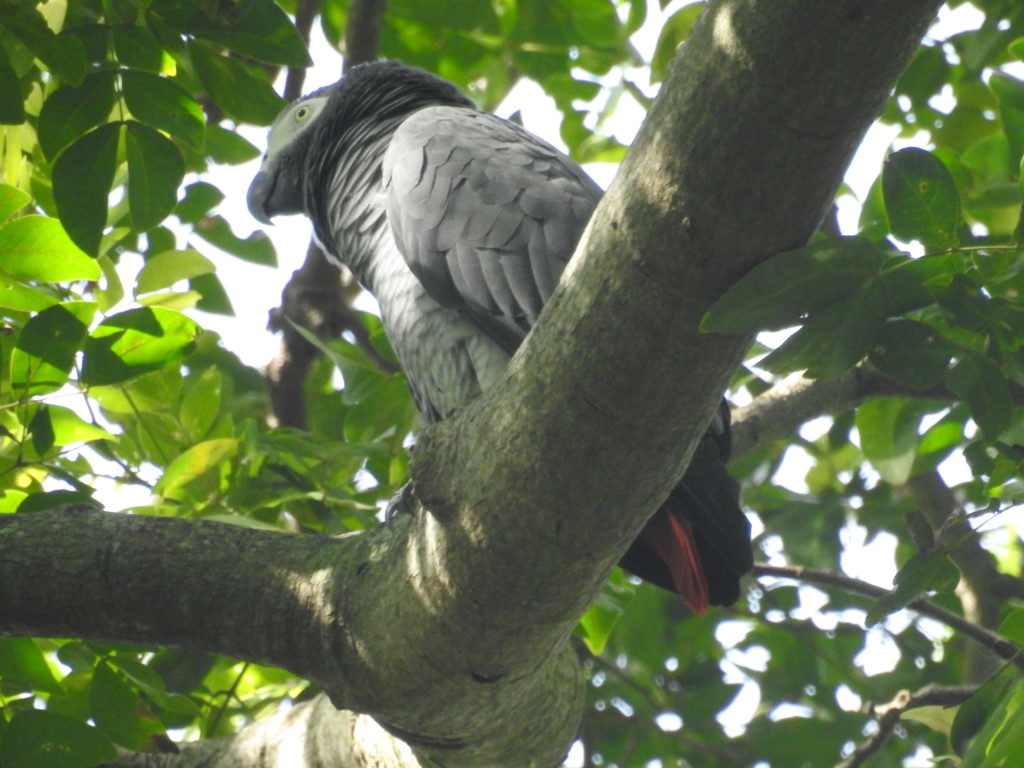
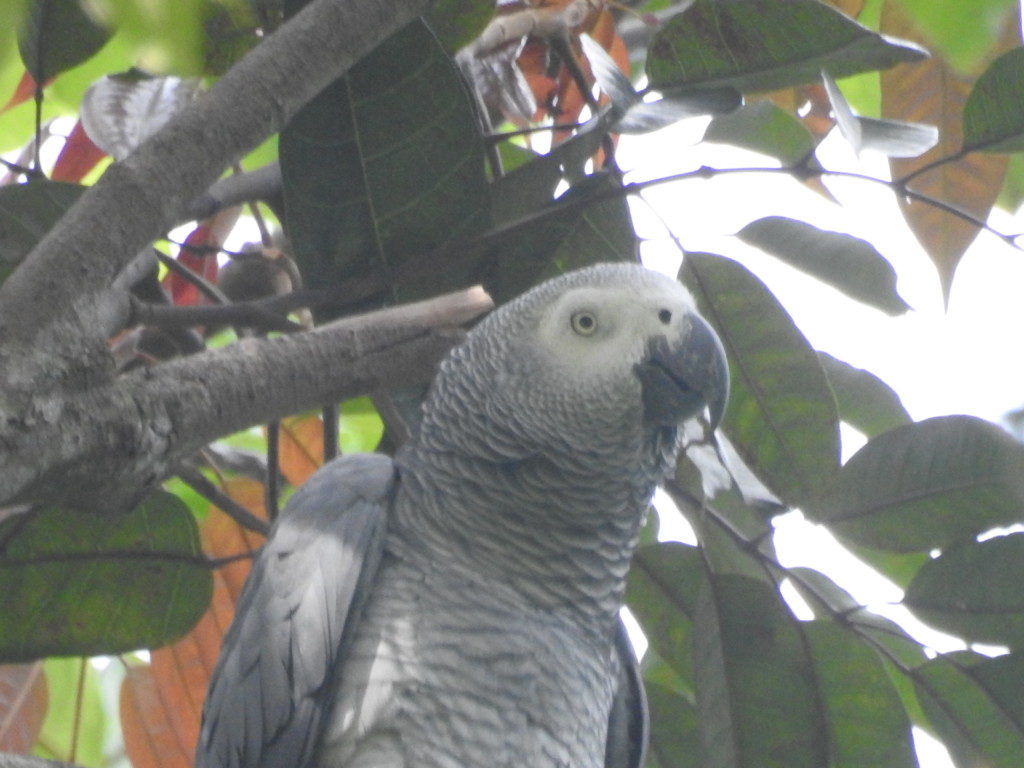
Notable birds that I didn’t get pics of were the Meyers Parrot that flew overhead that Bright couldn’t find perching and the Red-headed Lovebirds we spotted on our last visit (no guide available as it was late) who were flitting around the flowered bushes near the lake.
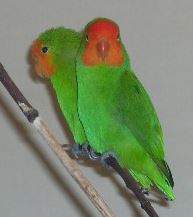
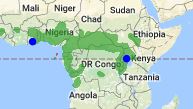



 They have a large range across Central Africa but the easiest place to see them is in
They have a large range across Central Africa but the easiest place to see them is in 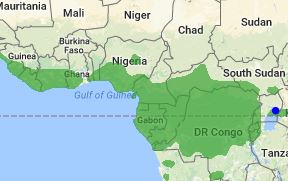


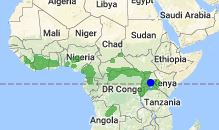




















 Now we’re in a more wooded area as Bright heard the Ross’s Turaco calling and quickly spotted him.
Now we’re in a more wooded area as Bright heard the Ross’s Turaco calling and quickly spotted him. 








































